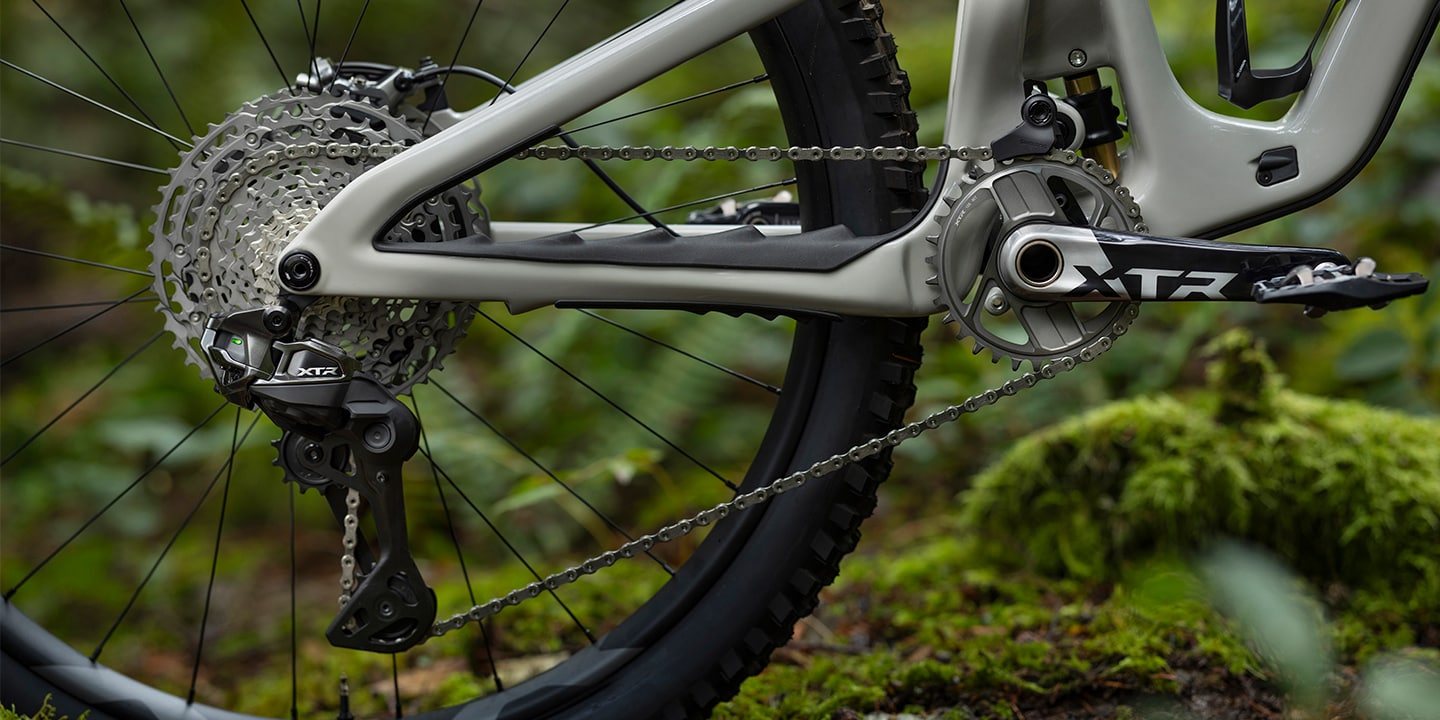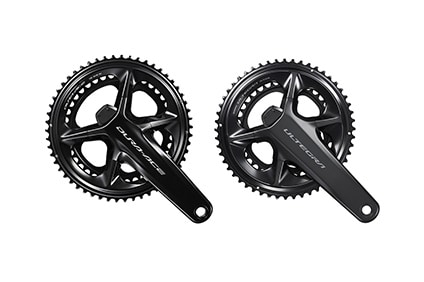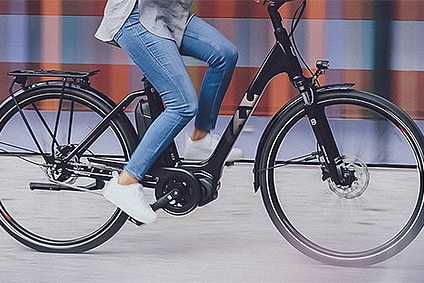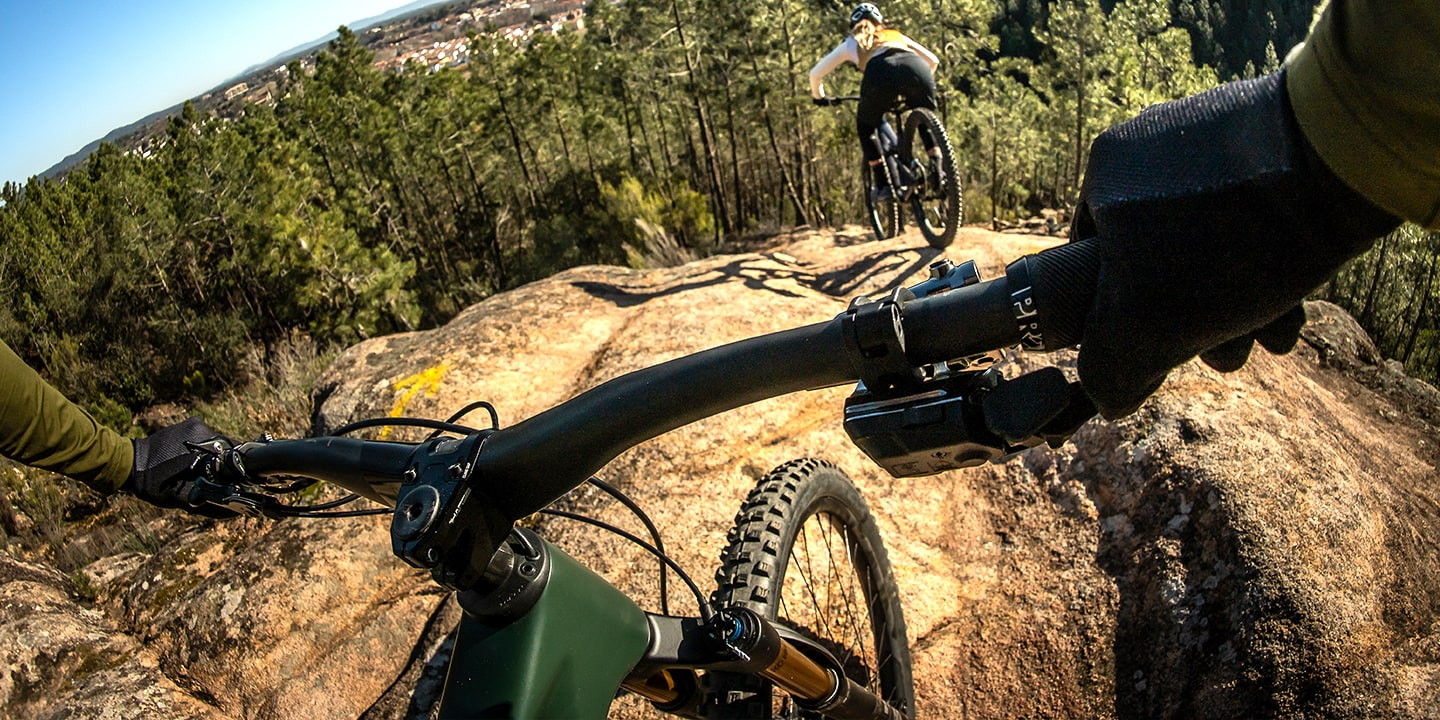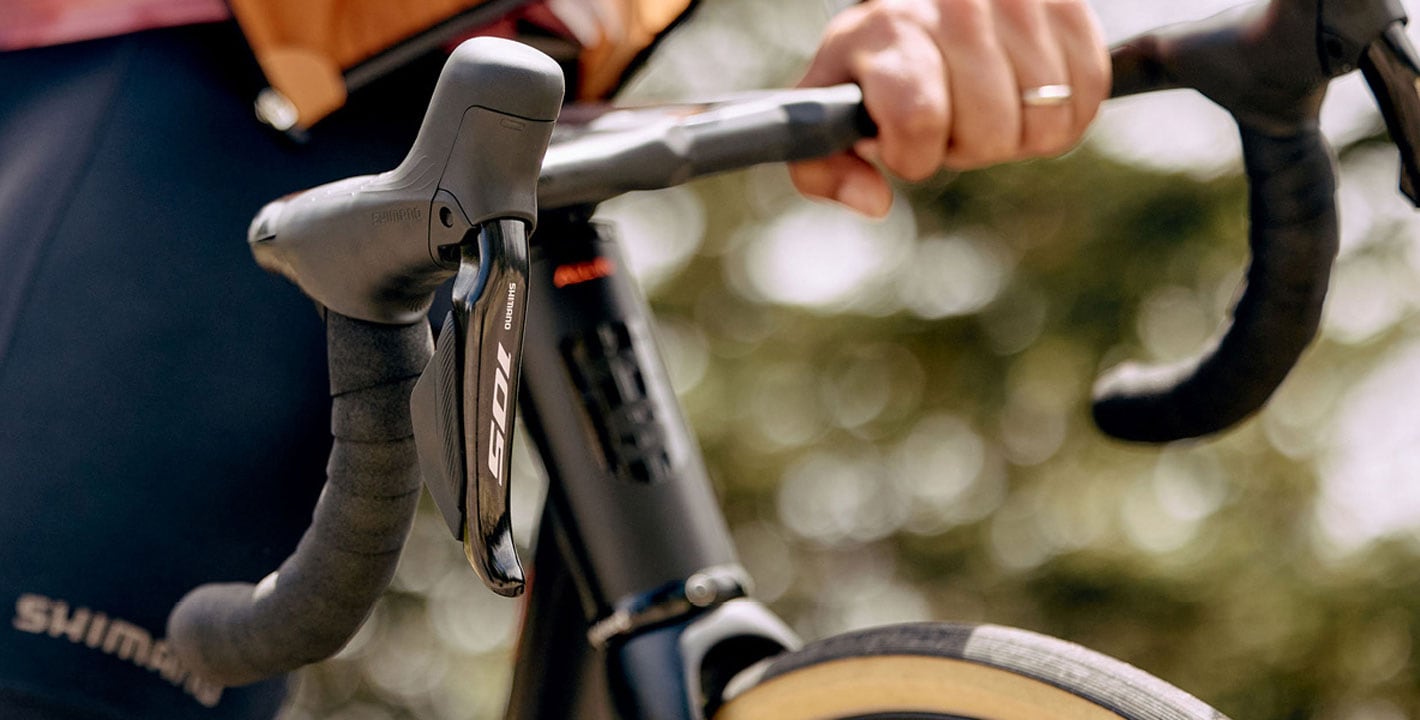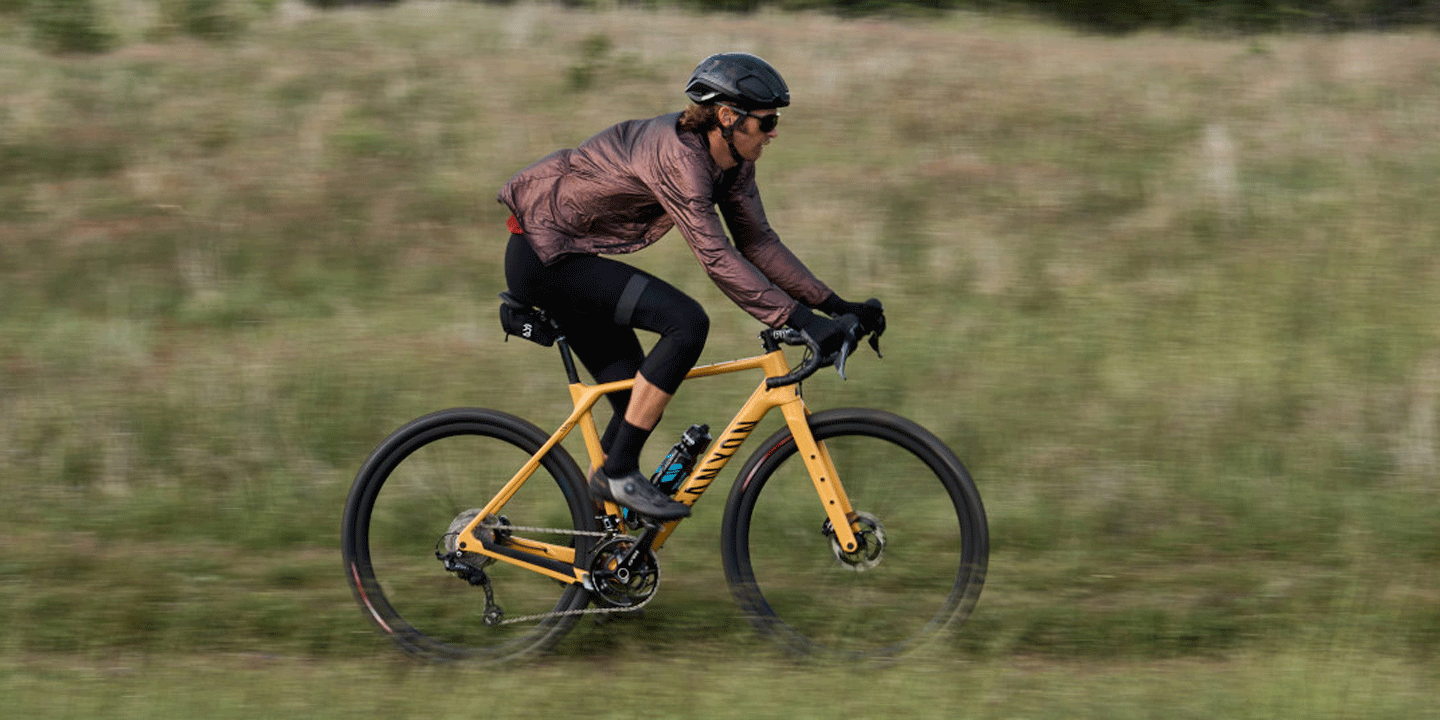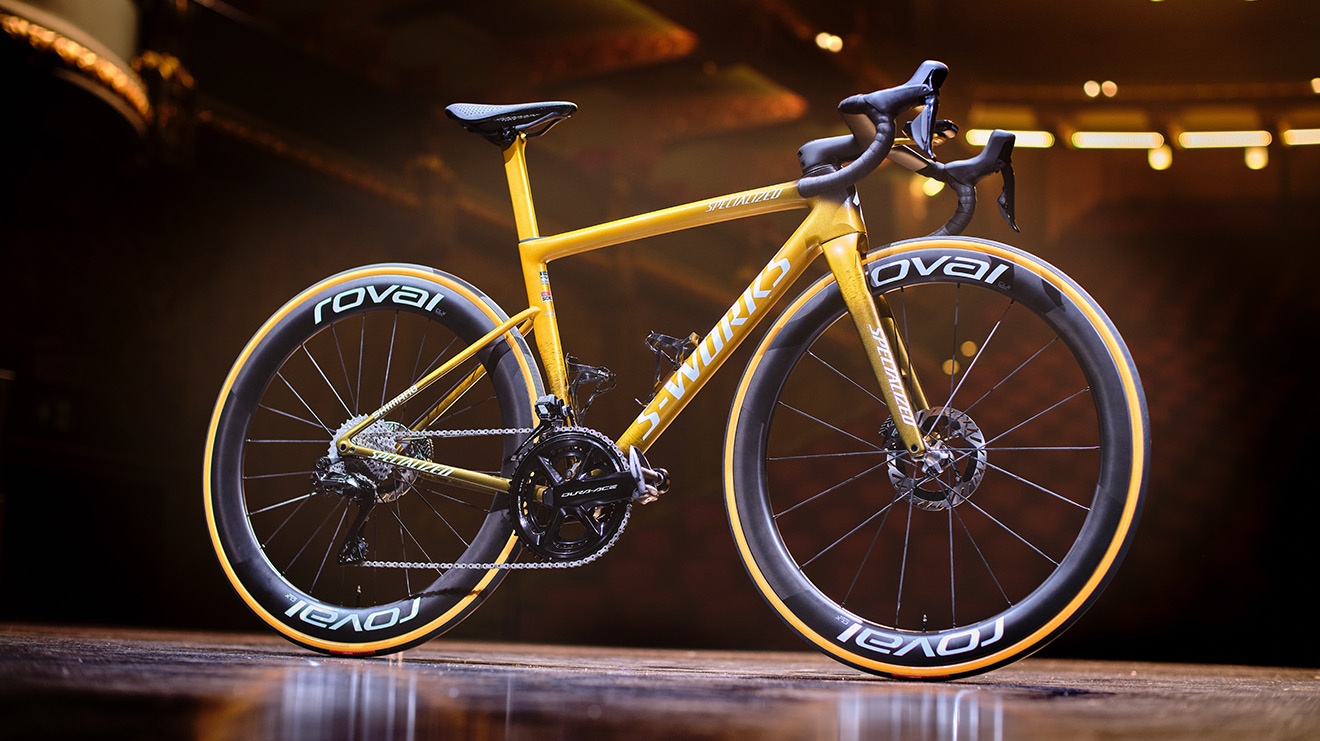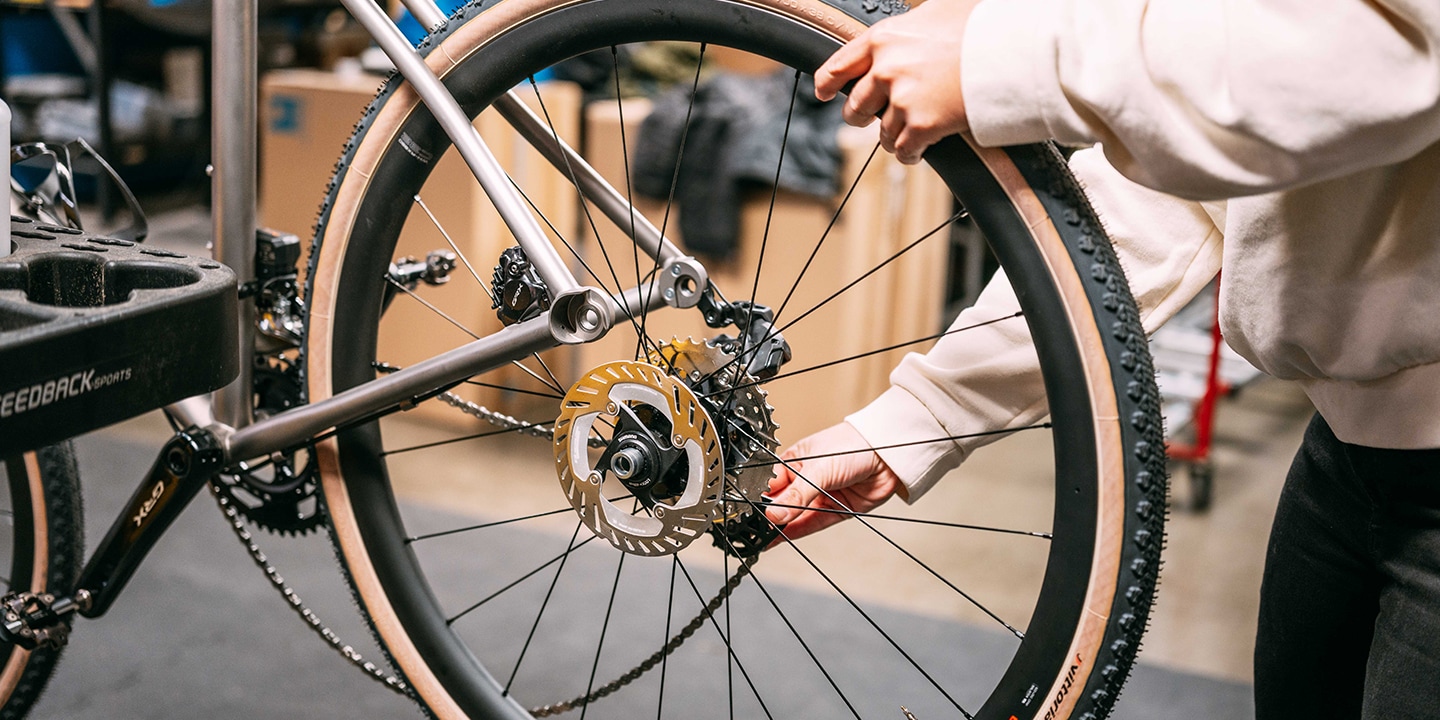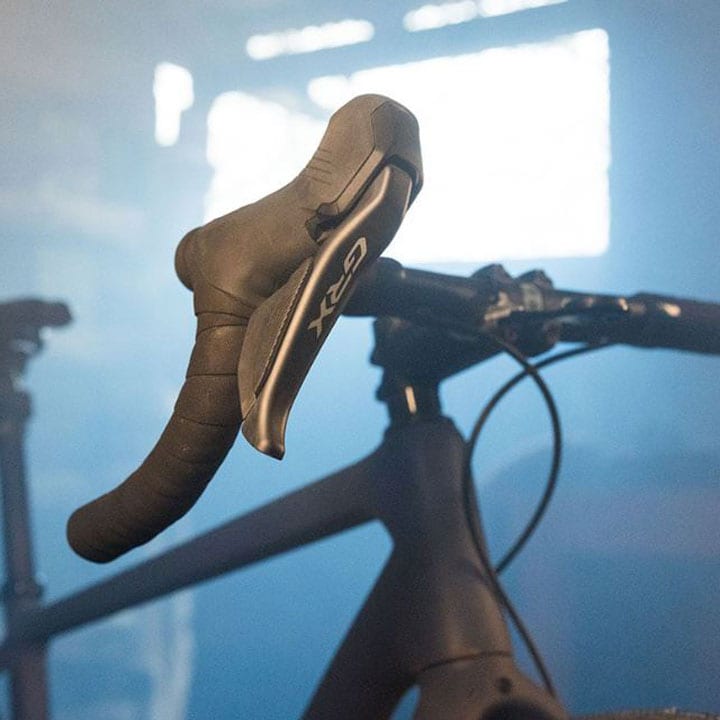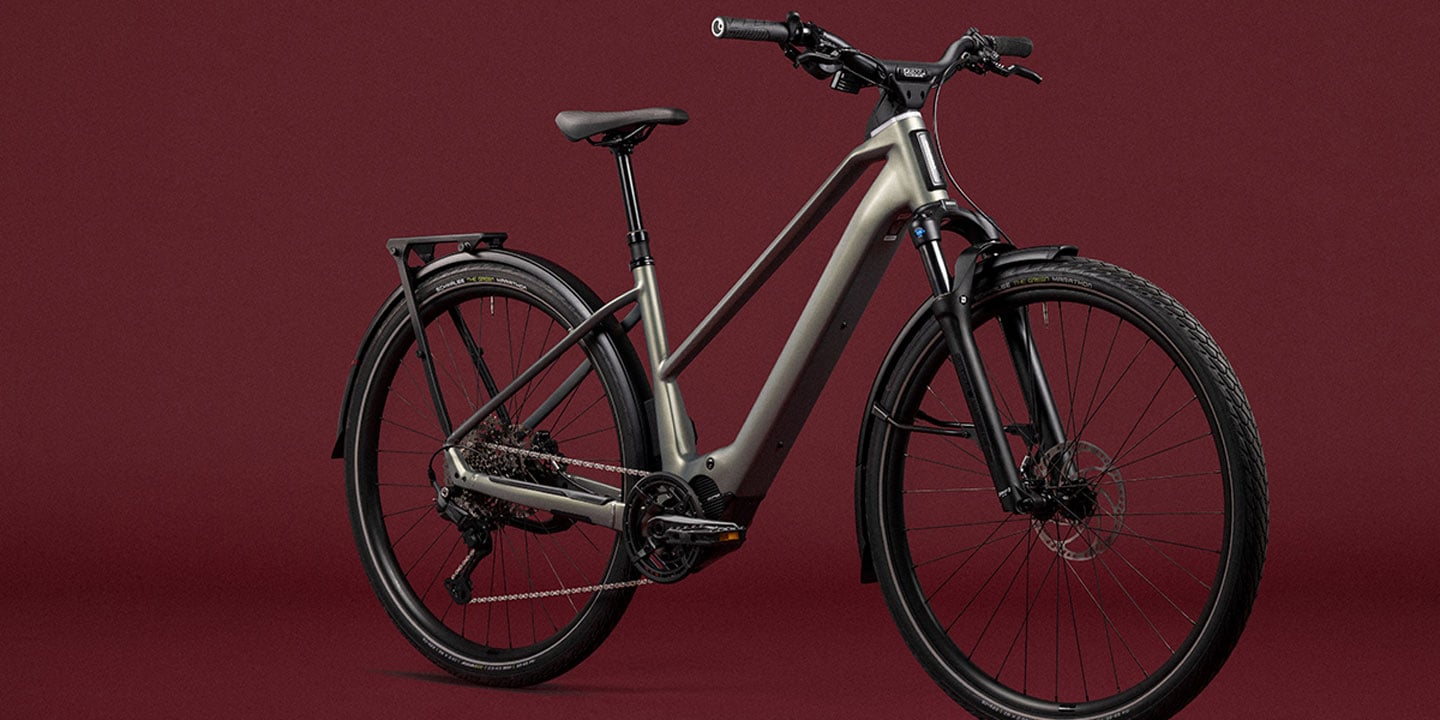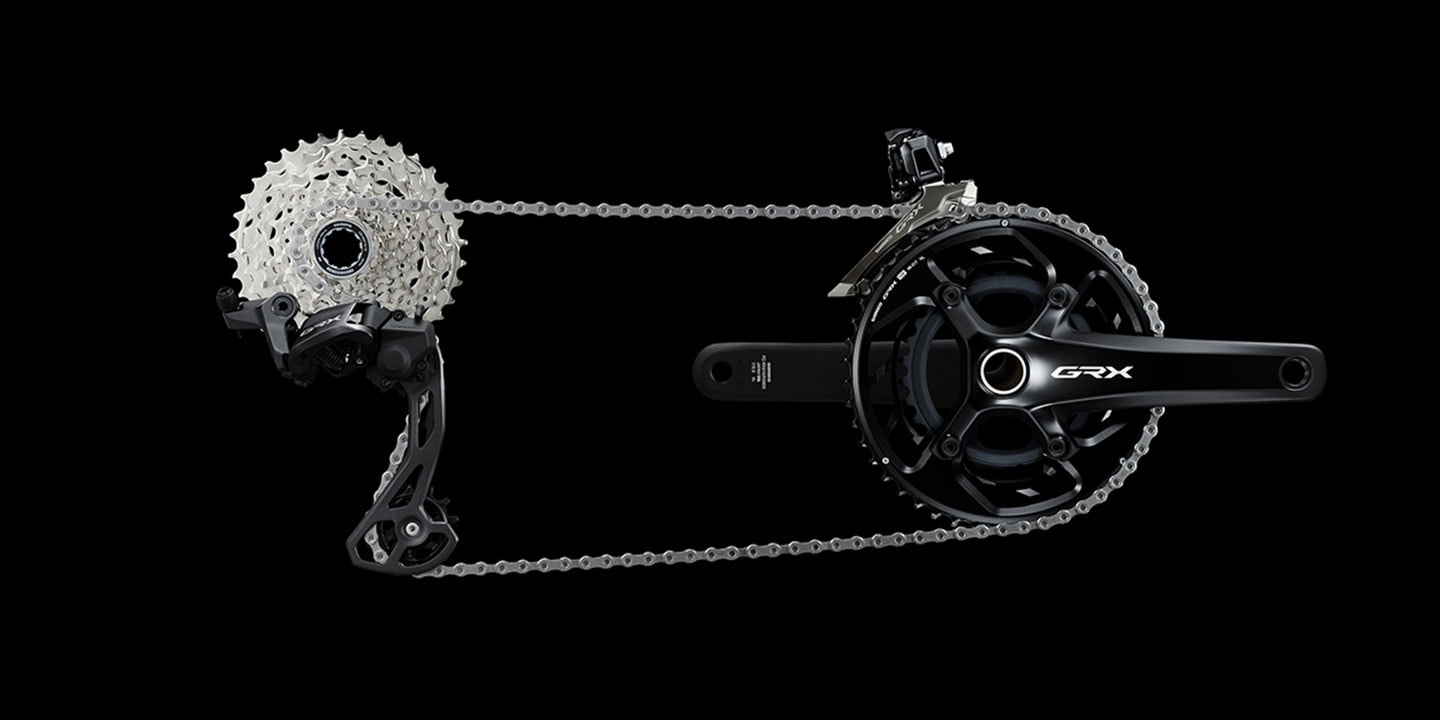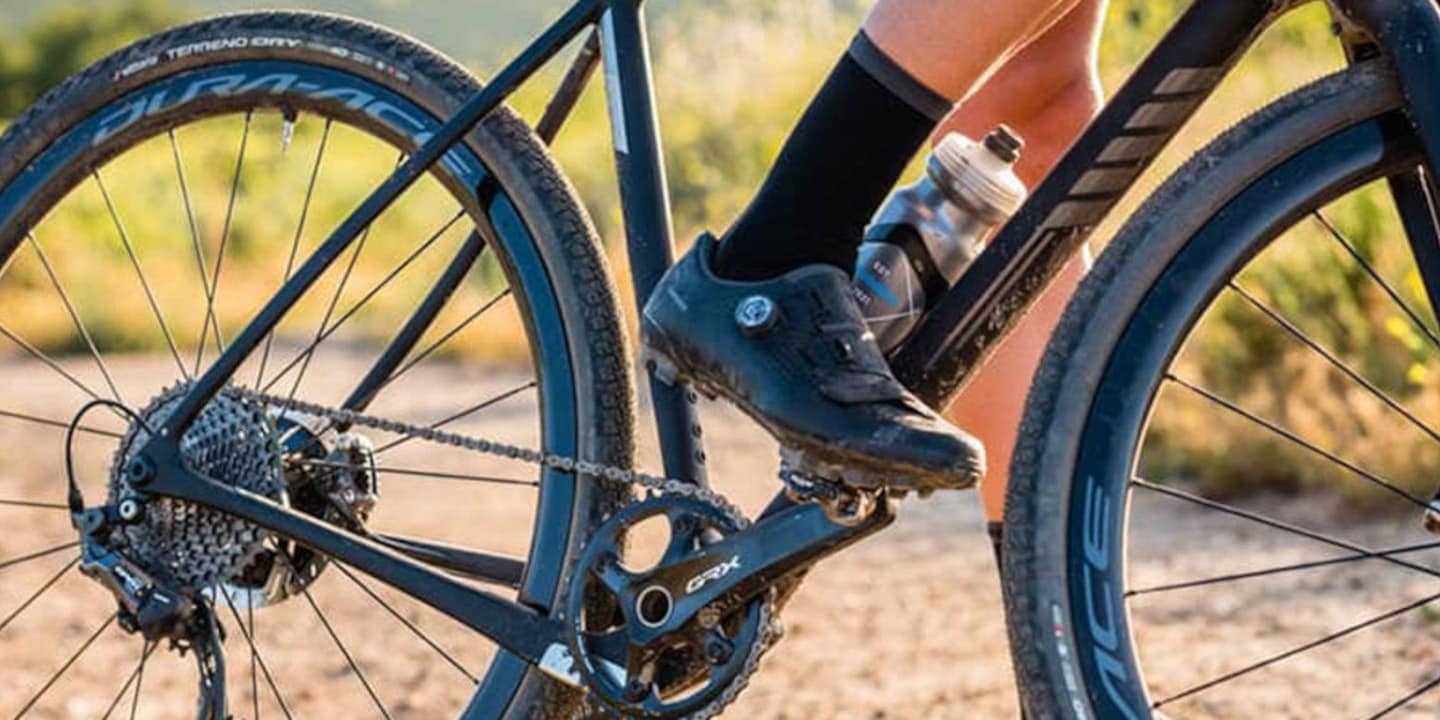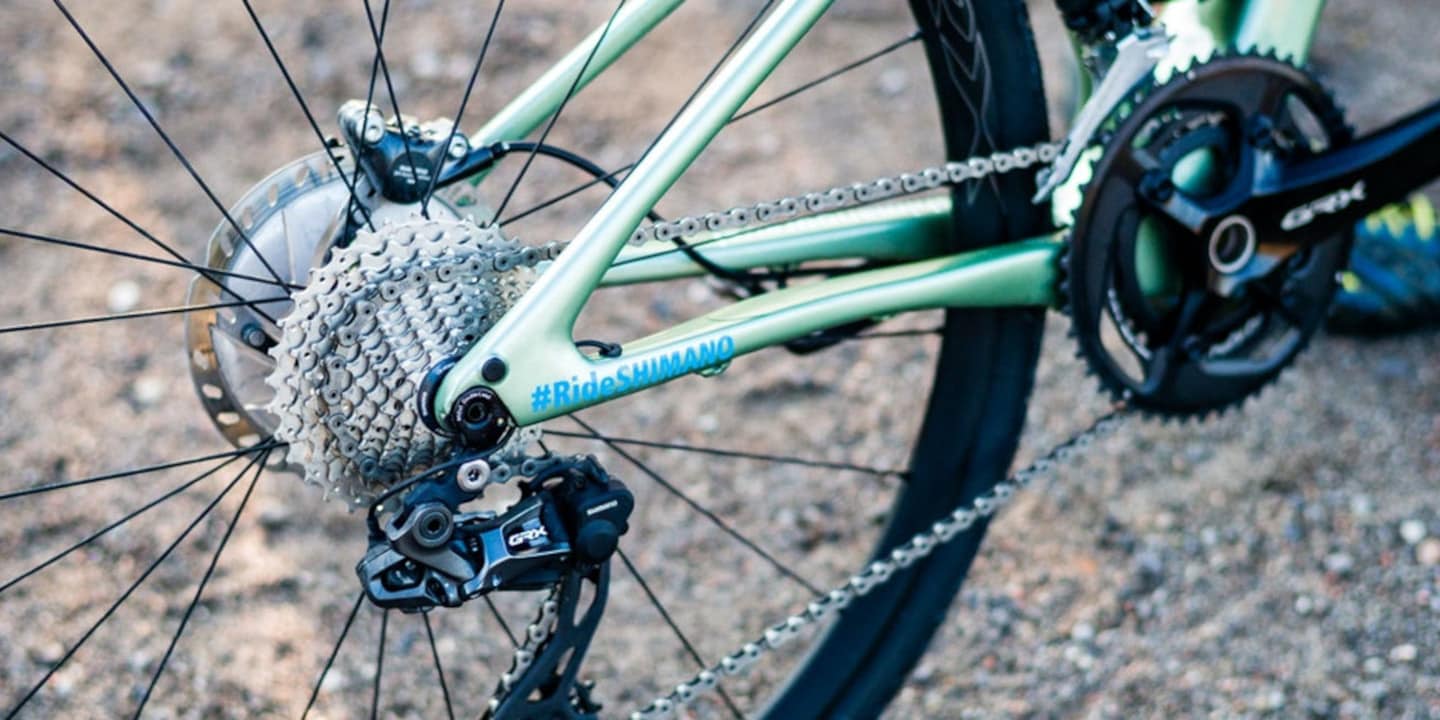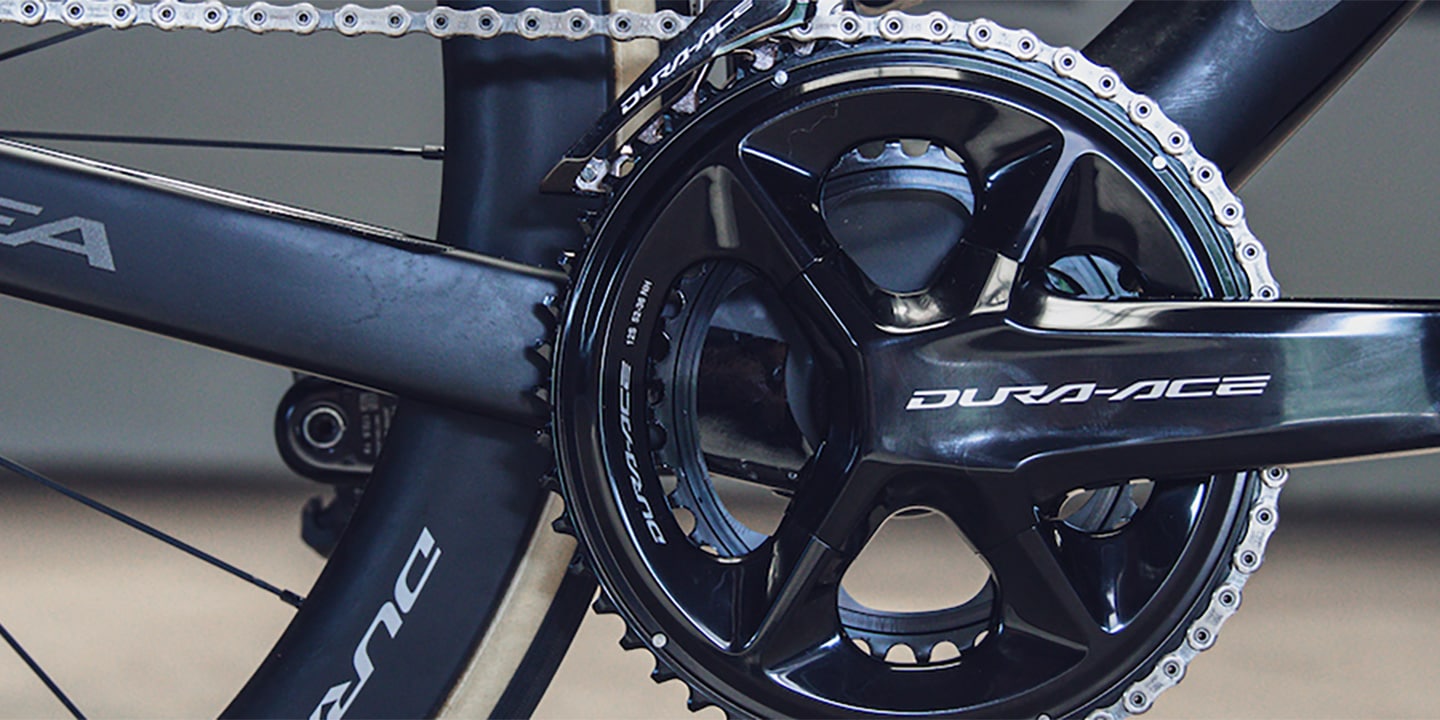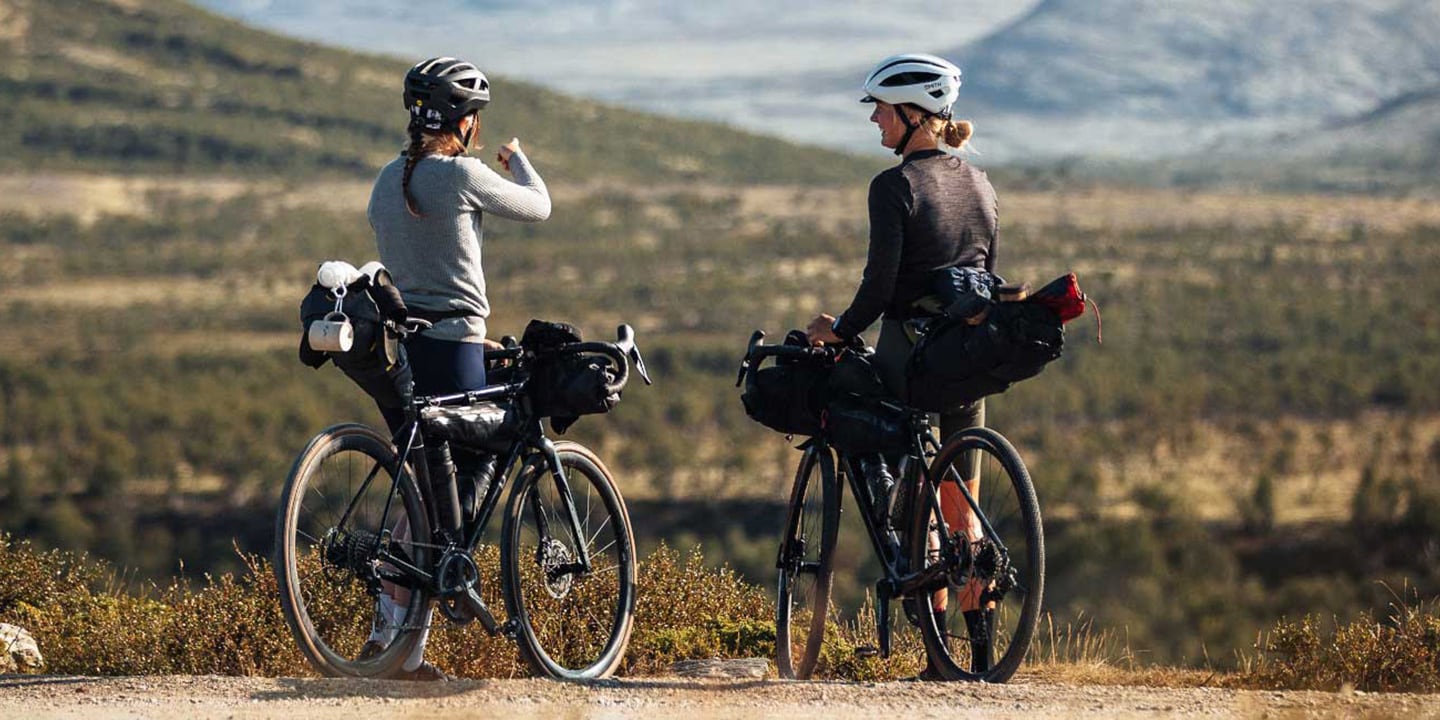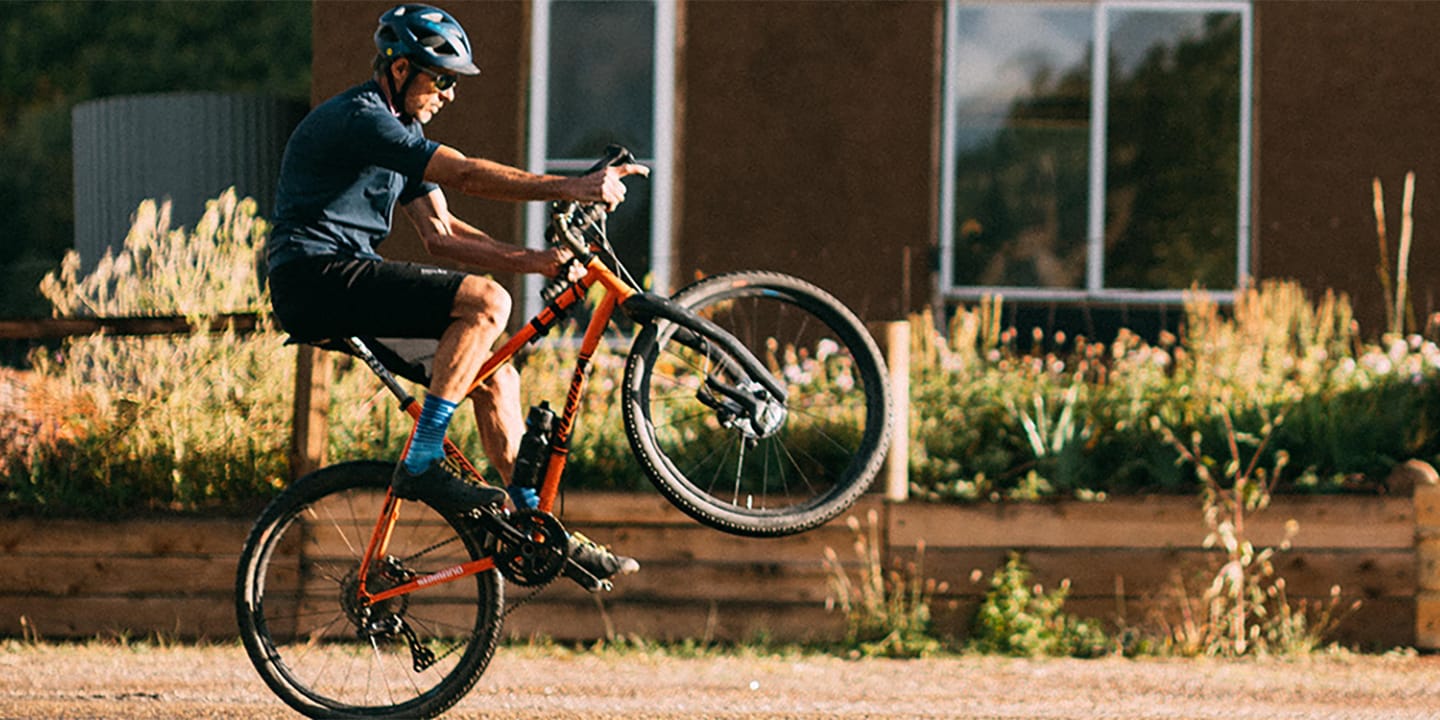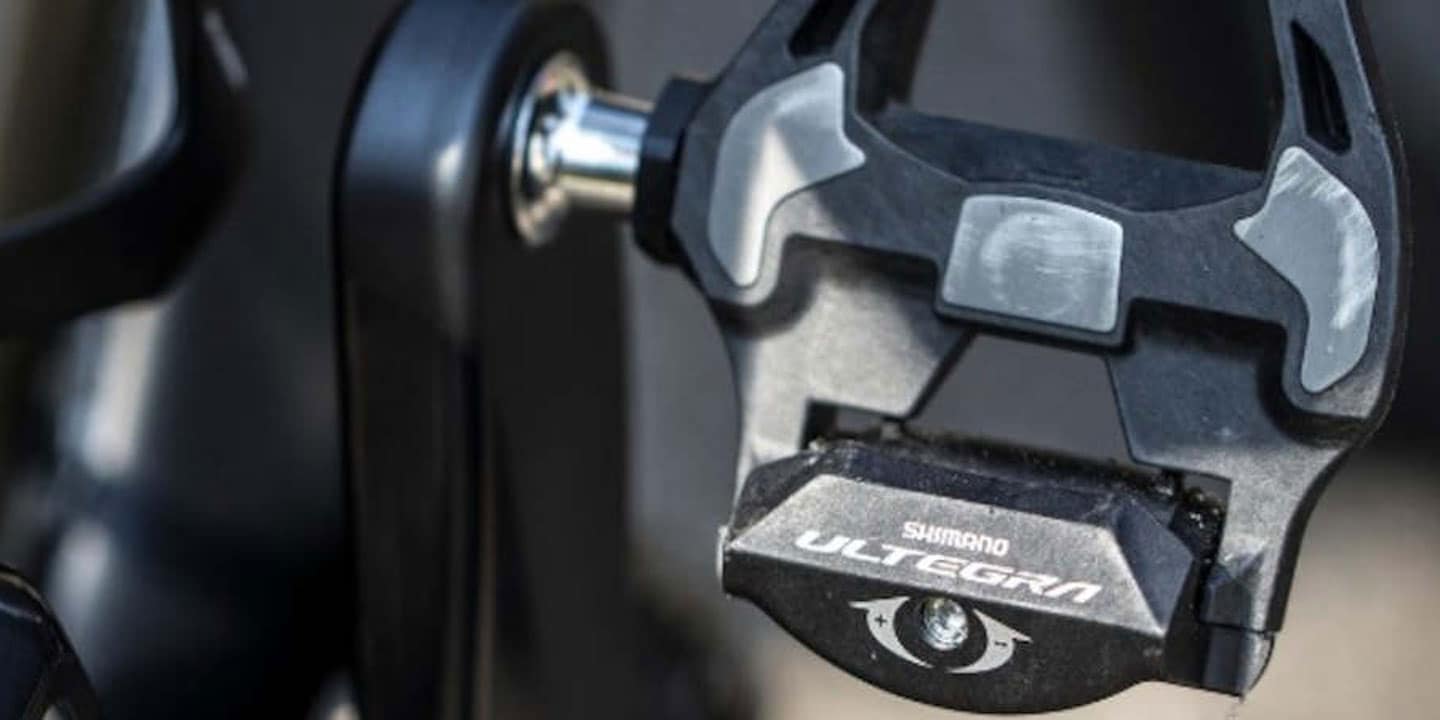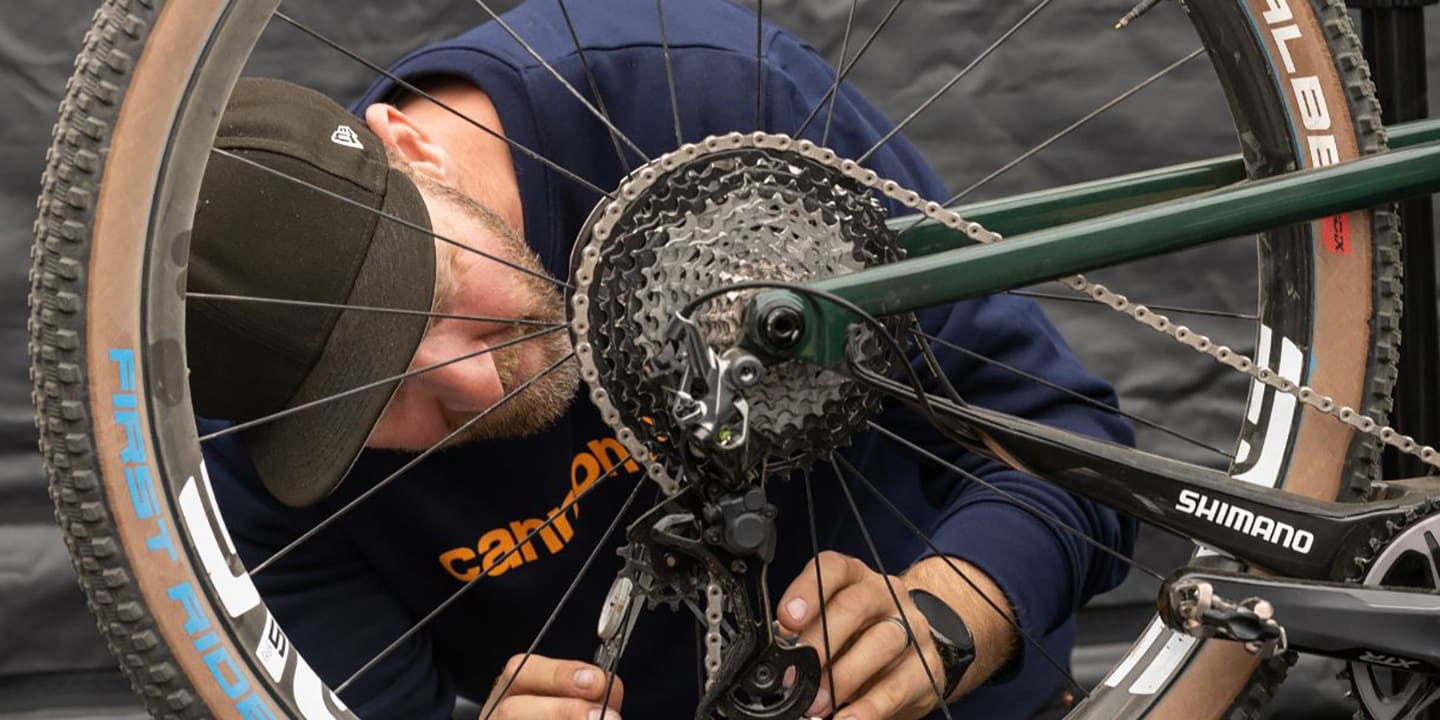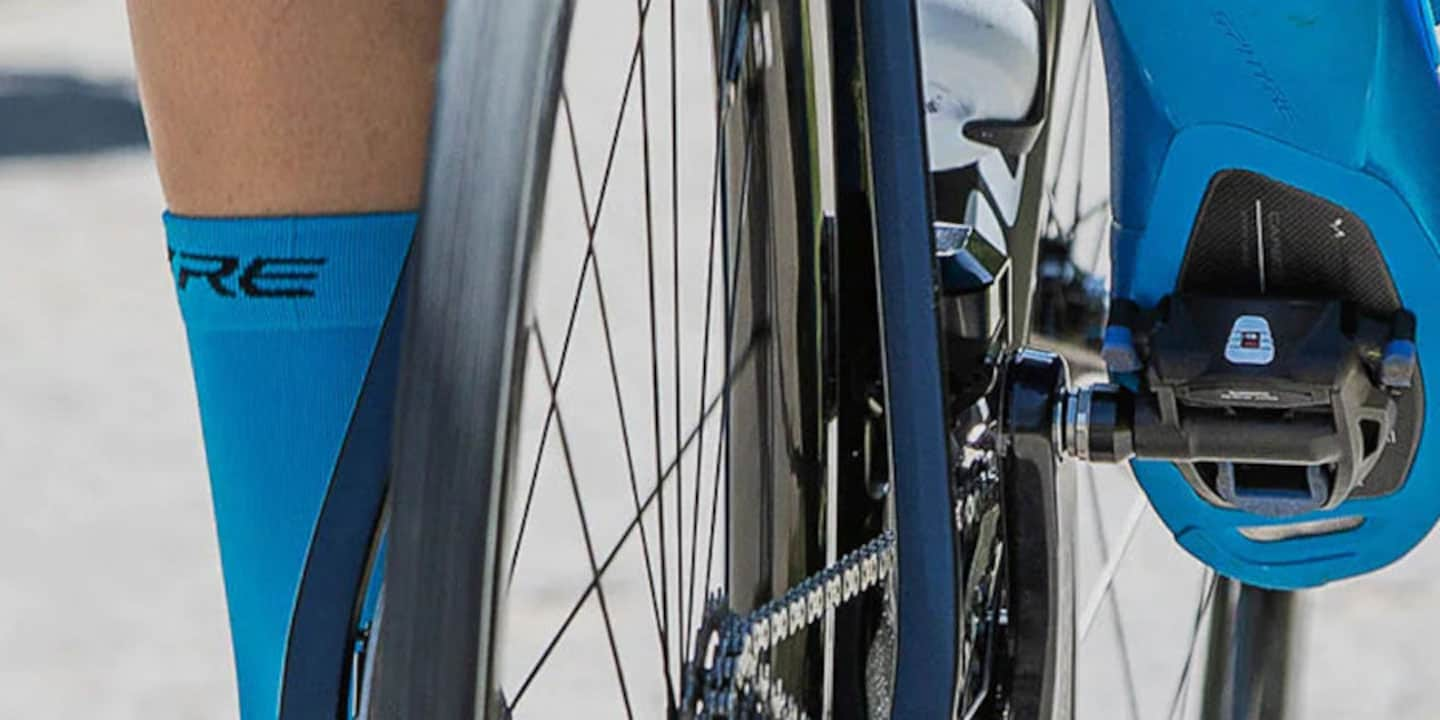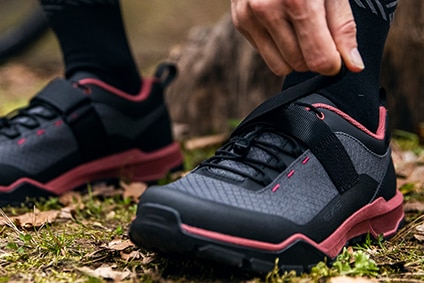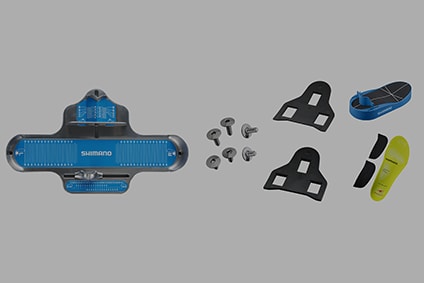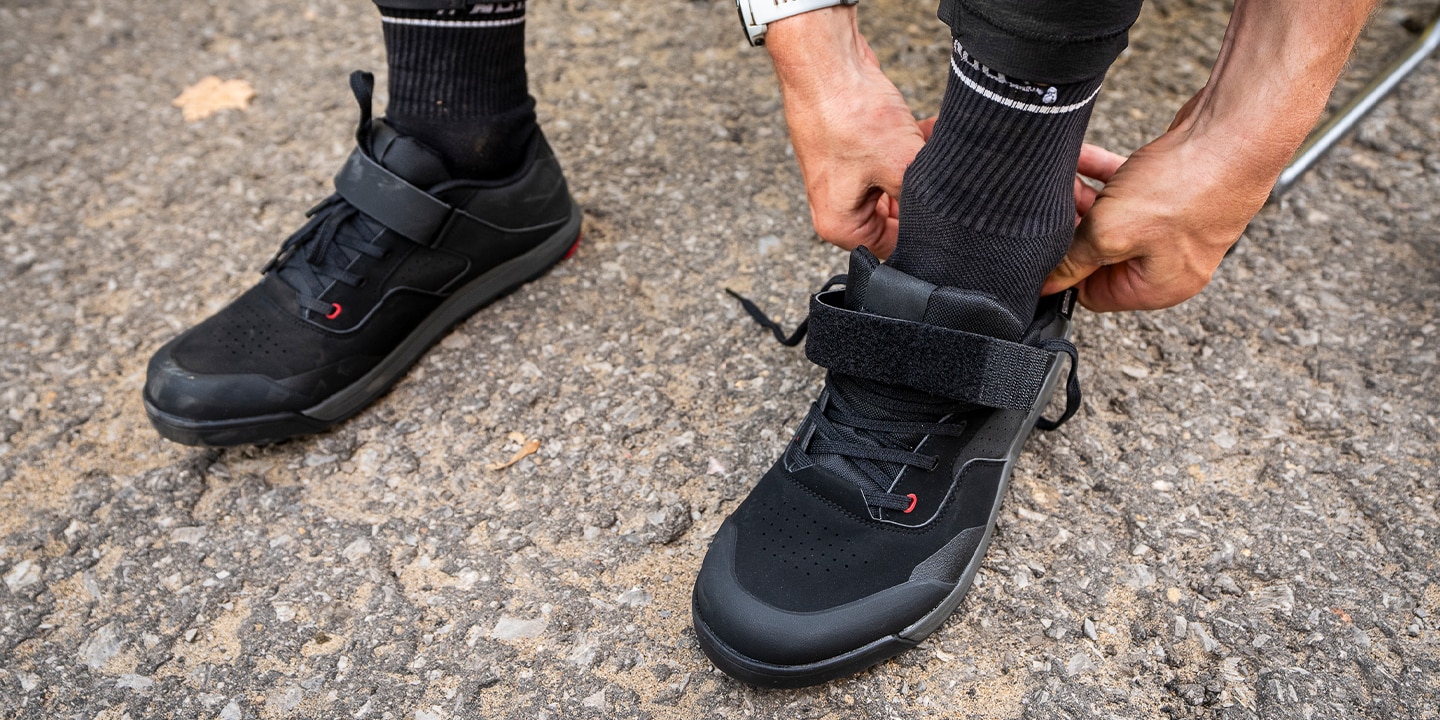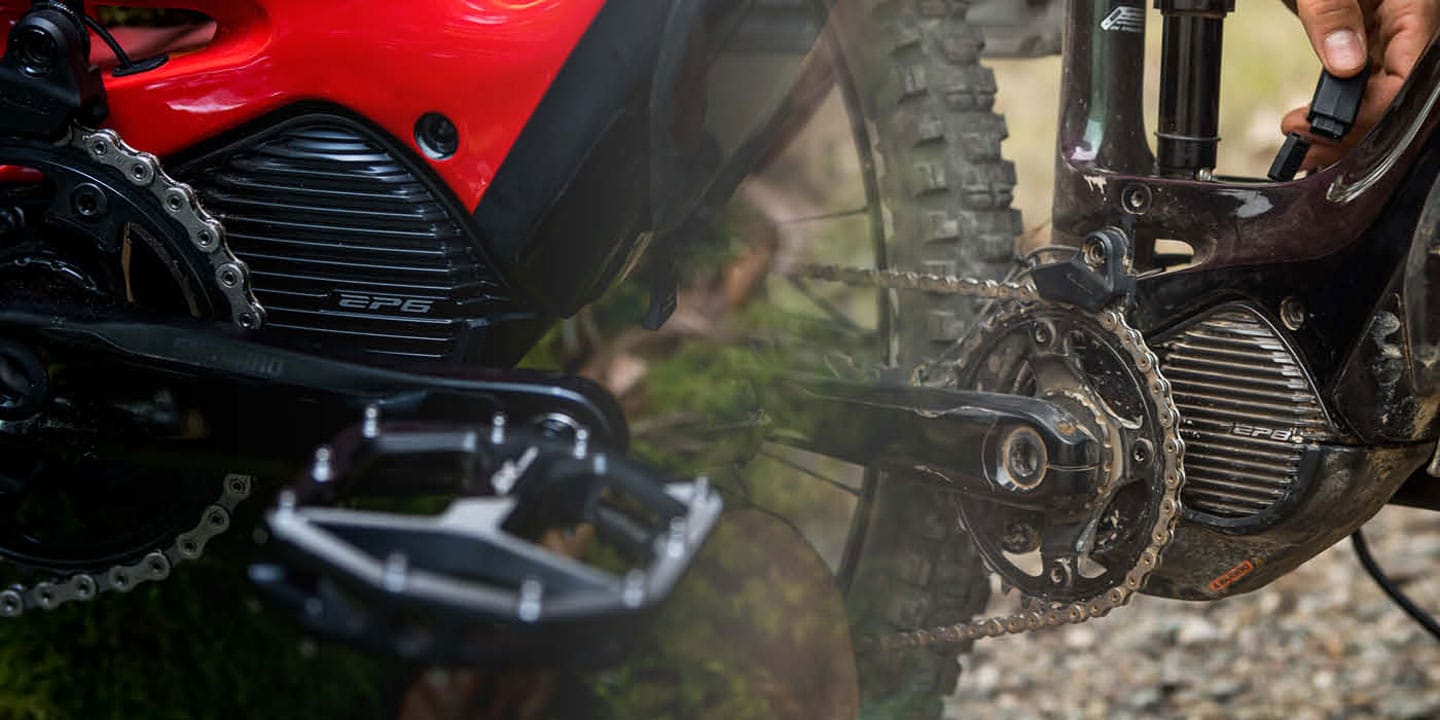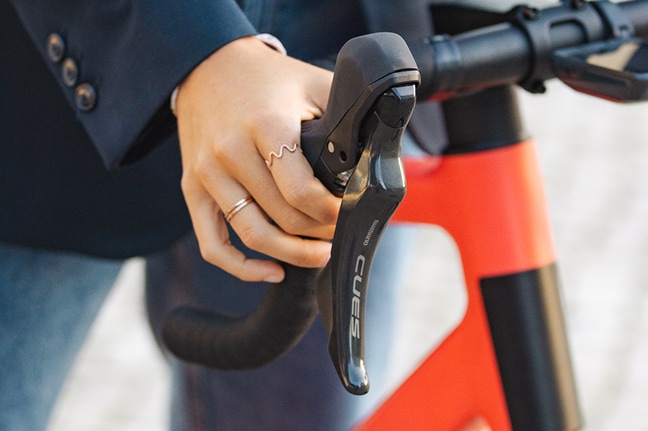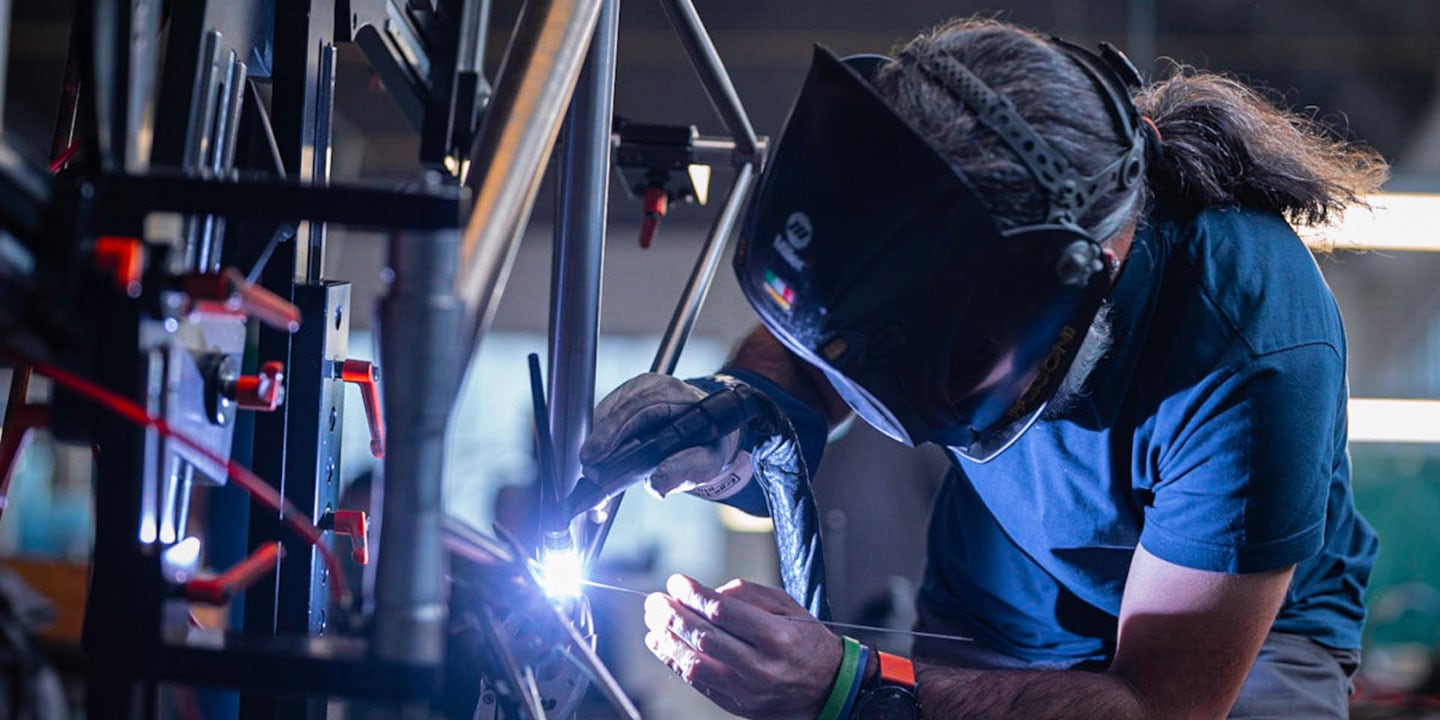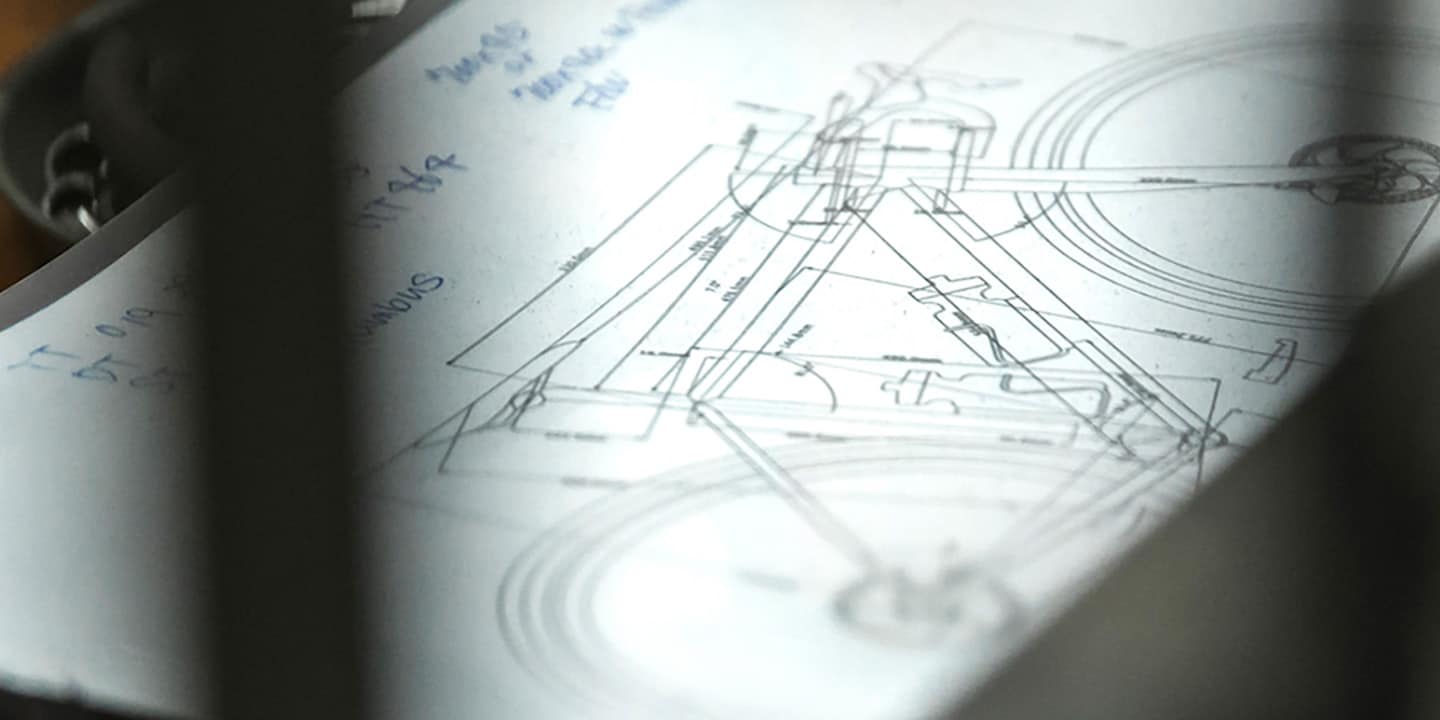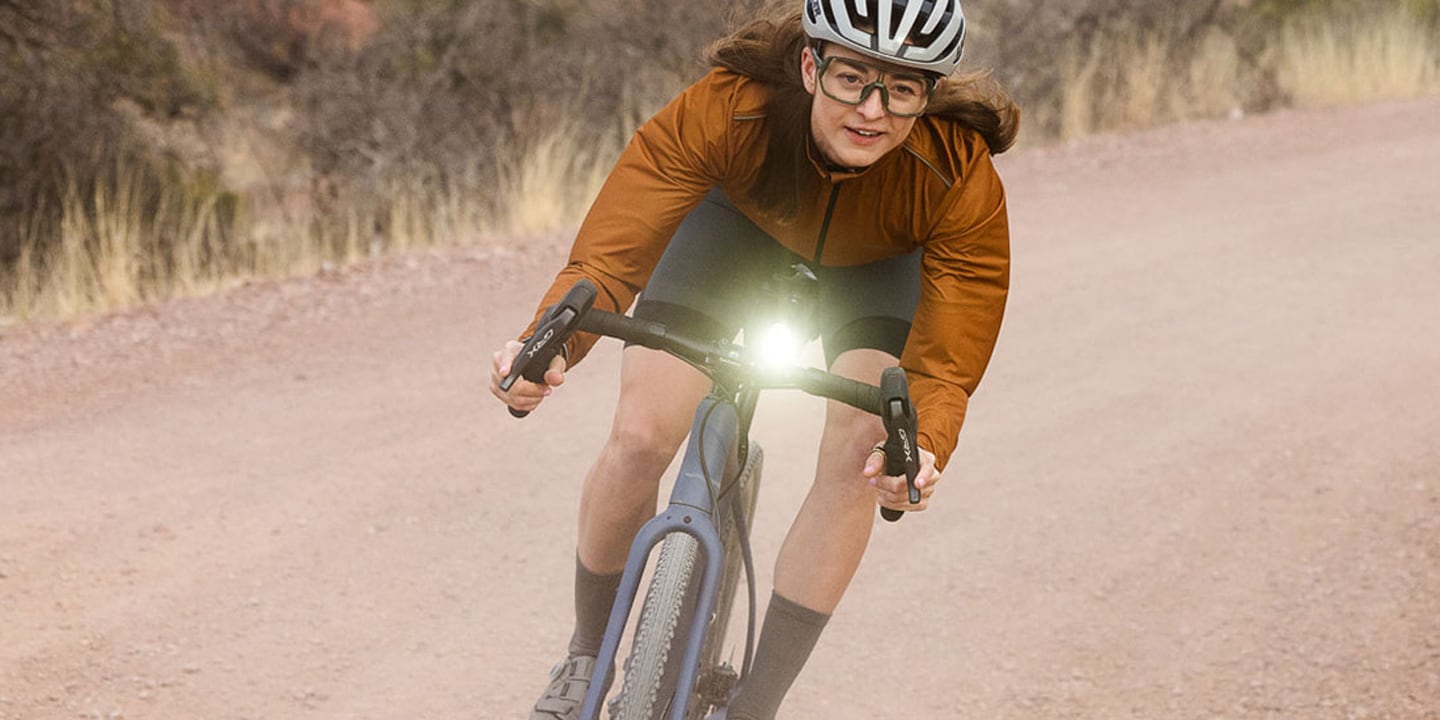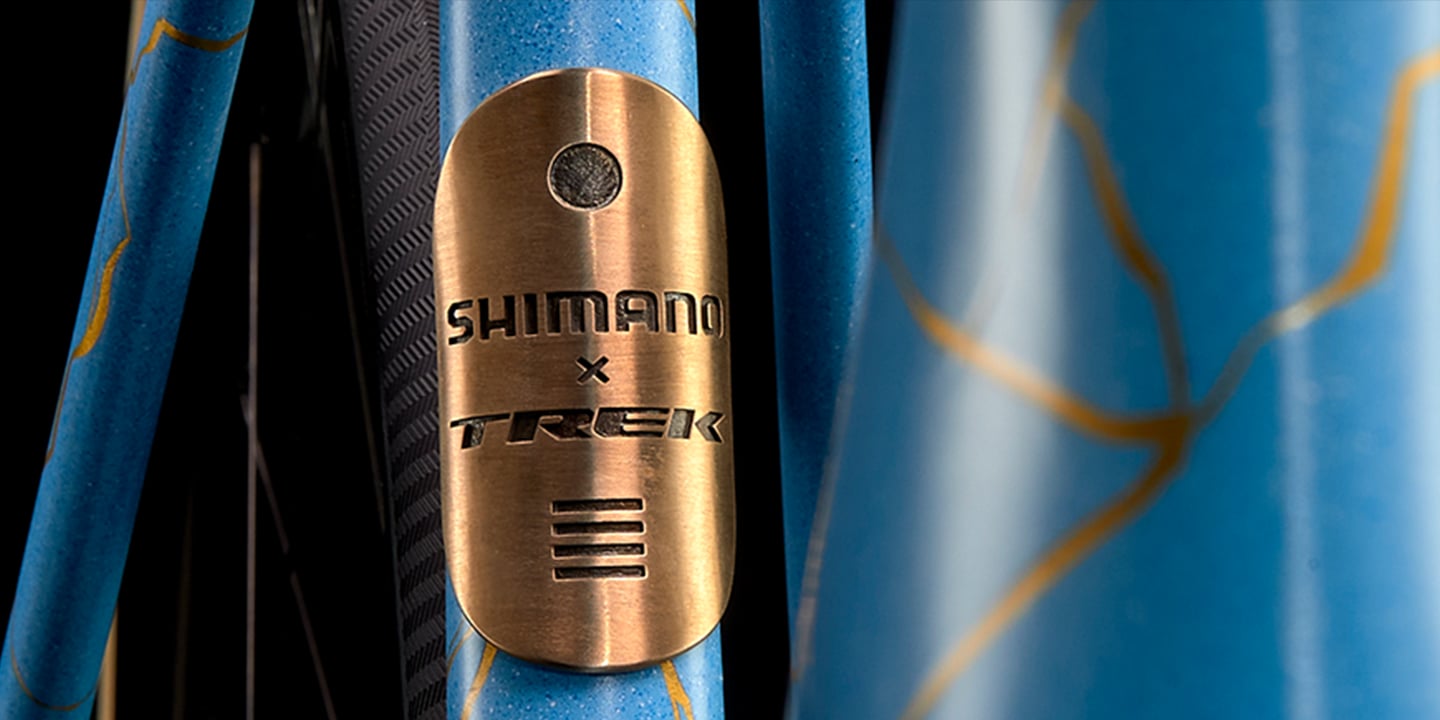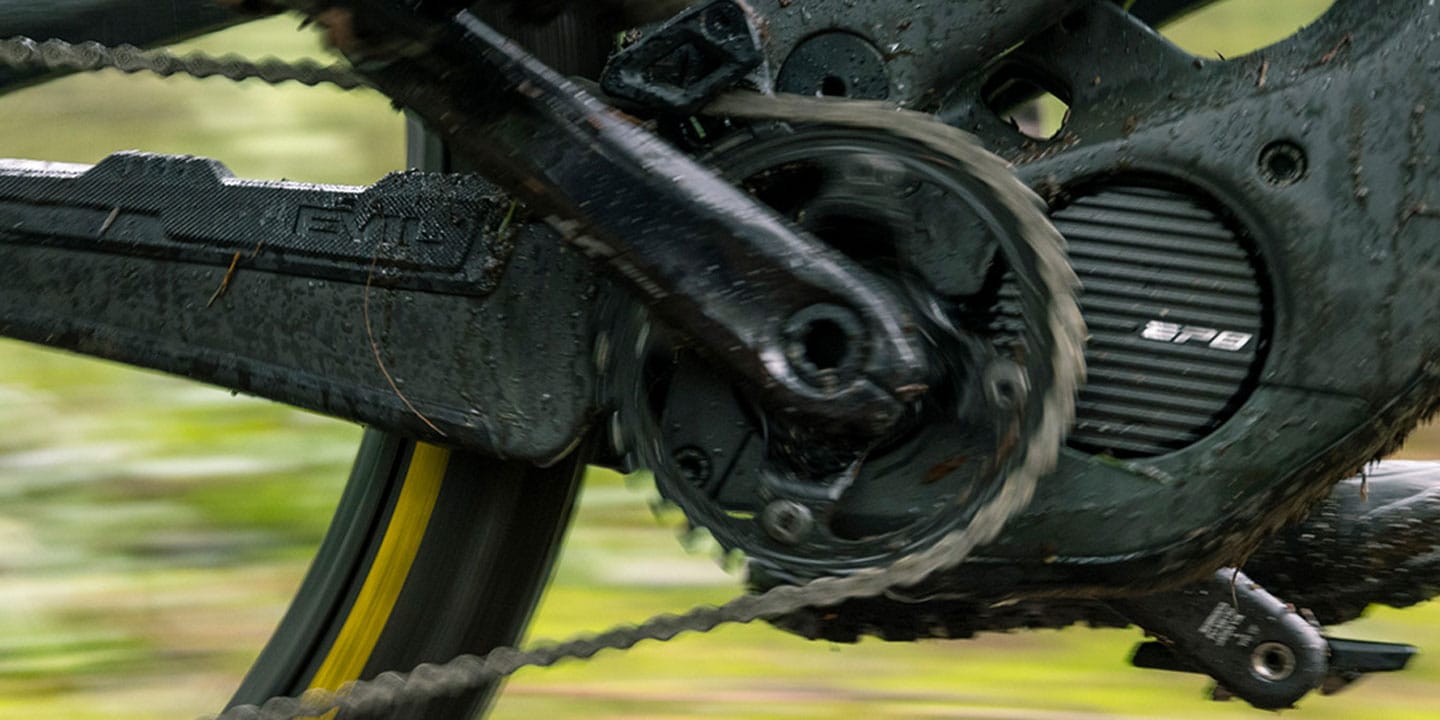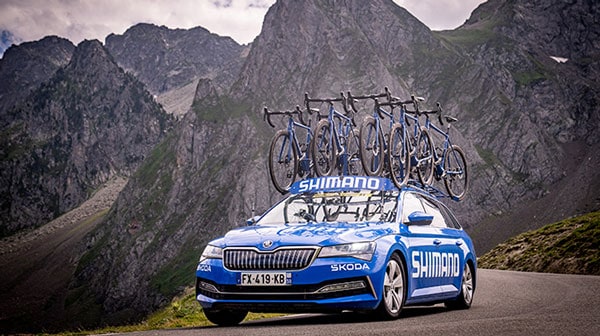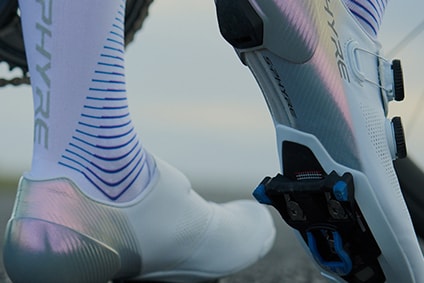-

- SHIMANO Expands GRX Family with RX717 Components
- Featuring More Affordable 1 x 12-Speed GRX Di2 Options
- 17/12/2025
SELECT LOCATION AND LANGUAGE
GLOBAL
AMERICAS
-
BELGIUM
FRANÇAIS
-
BELGIUM
NEDERLANDS
-
NETHERLANDS
NEDERLANDS
-
SWITZERLAND
DEUTSCH
-
SWITZERLAND
FRANÇAIS
-
SWITZERLAND
ITALIANO
-
AUSTRIA
DEUTSCH
-
FRANCE
FRANÇAIS
-
GERMANY
DEUTSCH
-
ITALY
ITALIANO
-
SPAIN
ESPAÑOL
-
PORTUGAL
PORTUGUÊS
-
POLAND
POLSKI
-
UNITED KINGDOM
ENGLISH
-
SWEDEN
SVENSKA
-
DENMARK
DANSK
-
NORWAY
NORSK
-
FINLAND
SUOMI
EUROPE
ASIA
OCEANIA
Electric bikes have revolutionised cycling and millions of new people are discovering the benefits of e-bikes each year. But still people have their doubts. Here we bust a few e-bike myths and share with you why we think e-bikes are not just here to stay but are going to revolutionise cycling.
E-bikes are complicated to look after
The essence of the bicycle hasn’t changed in over 100 years, sure there have been some developments but boil it down and it is still two-wheels, cranks, pedal and a drivetrain. Even with the addition of a motor, bikes are still wonderfully simple machines, and on an e-bike the components, other than the battery and drive unit, are the same to maintain as on a conventional bike. A well-maintained bike seldom goes wrong and the most common mechanical is a puncture which you can learn to fix yourself in a few minutes.
If a battery goes flat you are stuck
You are never stuck with an e-bike, even if the battery were to go completely flat you can still pedal the bike as you would any other. However, it is highly unlikely that you would ever have a flat battery during a ride. With ranges of 100-150km on just one charge there is enough power to get you through the longest of rides. Plus, a battery doesn’t suddenly go flat, with battery level indicators and handle-bar displays you can see how much power you have remaining.
Range is influenced by many things, but in particular which settings you use. The more power you contribute with your own pedalling the further you can go on one charge. If you use more power from the e-bike in Boost mode the range is diminished, if you opt for Eco for the majority of your ride, you can go further. A battery is likely to last as long as your bike does. Shimano guarantees a remaining battery capacity of 60%, even after 1000 charge cycles.
Riding an e-bike won’t help you get fit
This is the most touted of all e-bike myths, that e-cycling is cheating. It is also the one with most evidence to refute it! Professor Chris Oliver, who has a specialist interest in physical activity and cycling, sums it up, “e-bikes have a role to play in improving physical and mental health. There is a perception that e-bikes are cheating, but it has been shown that exercise on an e-bike is comparable to normal cycling.” E-bikers ride further and more often than those using conventional bikes. E-bikes make longer journeys more accessible and because an e-bike is less tiring people are happy to ride them every day. Prof. Oliver goes on to say, “Significantly, e-bike cycling reduces the risk factors for a number of diseases, including cardiovascular disease, respiratory disease, some cancers, and Type II diabetes. I think people across Europe are now beginning to really appreciate that e-bike cycling also has positive effects on mental health and general wellbeing.”
E-bikes are only for people who can’t ride a conventional bike
Wrong! E-bikes are for everyone. An e-bike with pedal assist makes cycling easier and allows you to go further or faster for the same effort, and who wouldn’t want that? You don’t have to make a choice either, adding an e-bike into your bike collection is simply adding another tool to your box. You might be a really keen road cyclist at weekends but want a quick way to get to work without sweating or an e-cargo bike to haul your shopping so you can leave your car at home.
E-bikes are not good for the environment
Some people have pointed to the batteries, which require the use of heavy metals, the manufacturing processes and the on-going need to charge the batteries as a reason to say that e-bikes are not of environmental benefit, but that is only looking at one side of the argument. It is well recognised that e-bike riders ride further and more often than those on conventional bikes and e-bikes make cycling a viable alternative to the car or motorised transport for more people, in more situations.
For example, car journeys to work account for about 65% of travel, and nearly 25% of commuters live within 5 miles of their place of work. This is a quick and easy journey by e-bike, and as e-bikes are classed as Zero Emission Vehicles, this reduces pollution in our urban areas, not to mention reducing car congestion on our roads.
You can’t ride an e-bike in the rain
It’s easy to understand why someone might think this but it is definitely not true! E-bikes are designed to be ridden in all weathers, you can even splash through puddles with them. They aren’t just for fair weather cyclists. You can wash your e-bike with water, the only thing we don’t recommend is a jet-washer near the battery and connections.For example, car journeys to work account for about 65% of travel, and nearly 25% of commuters live within 5 miles of their place of work. This is a quick and easy journey by e-bike, and as e-bikes are classed as Zero Emission Vehicles, this reduces pollution in our urban areas, not to mention reducing car congestion on our roads.
You can't ride an e-bike in the rain! You may be surprised!
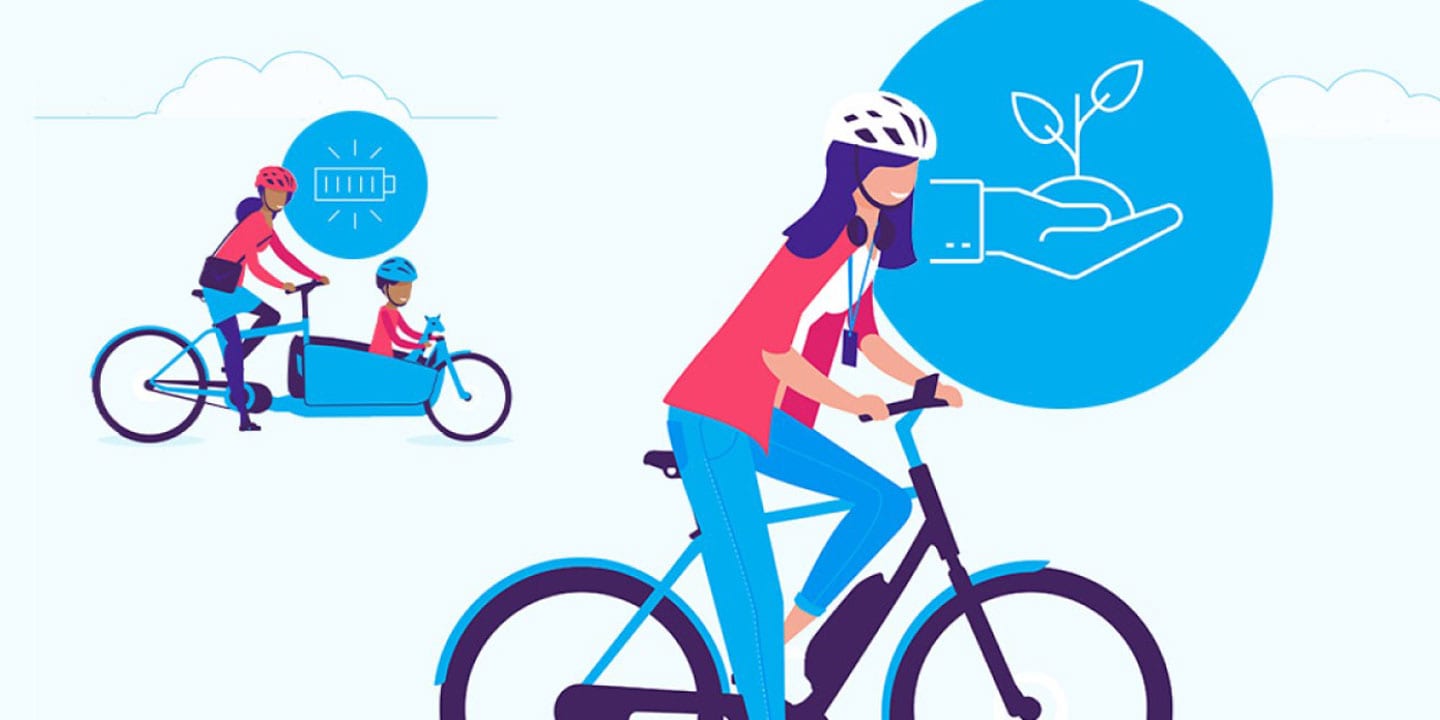
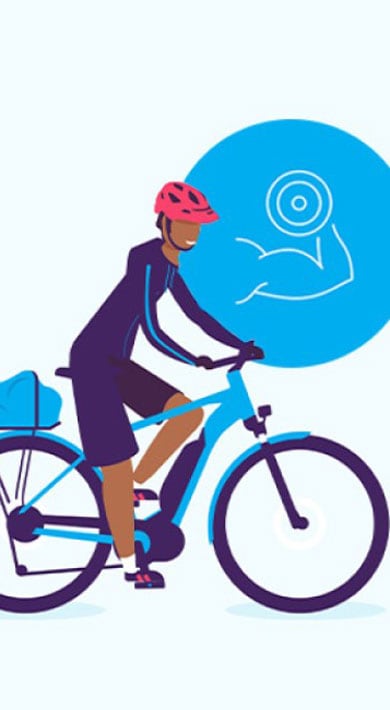
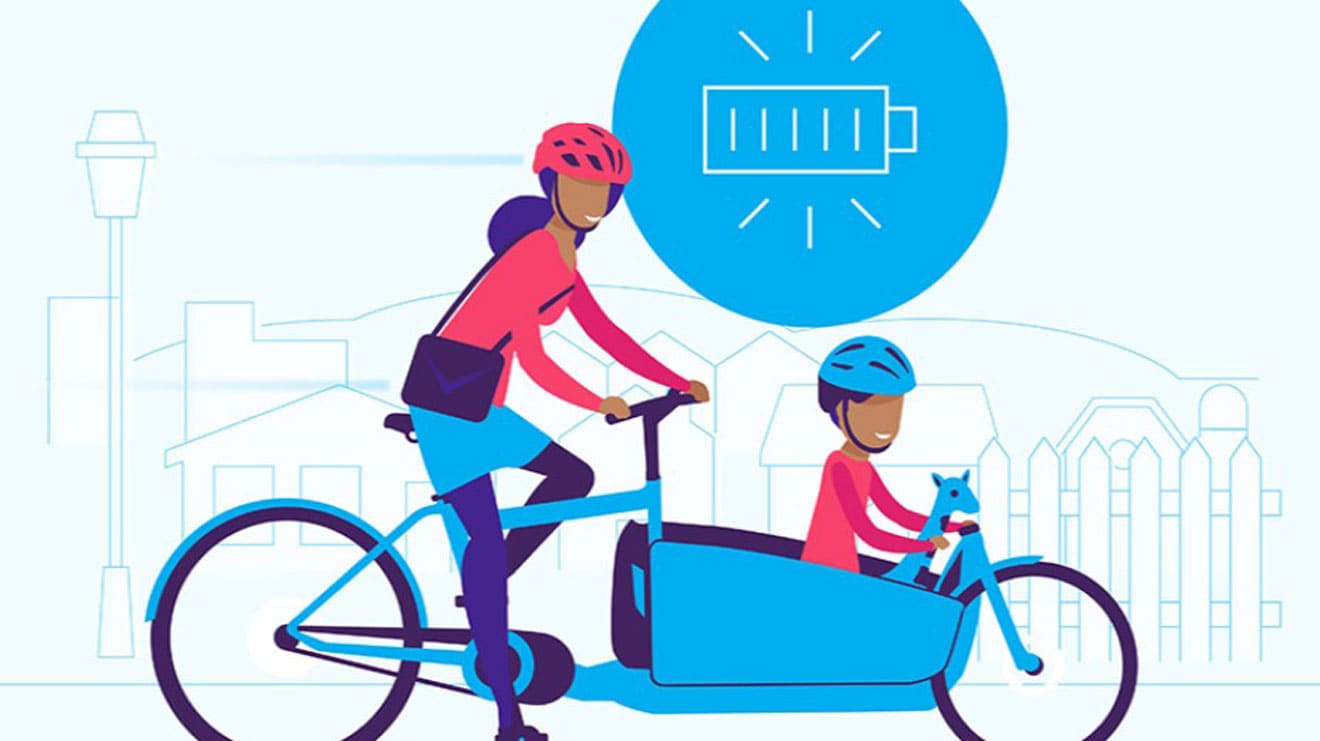
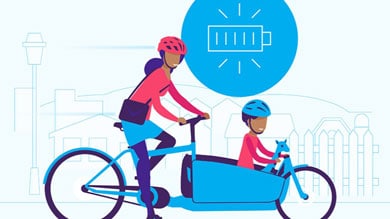
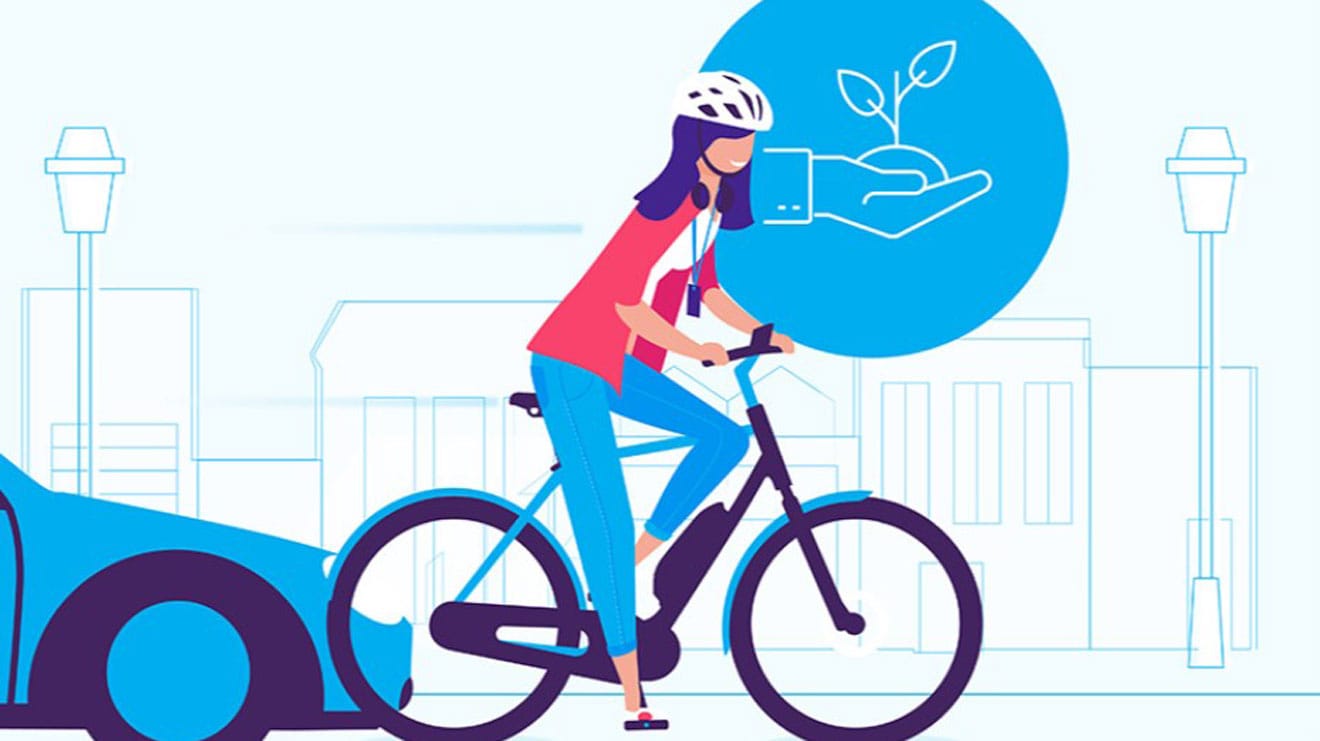
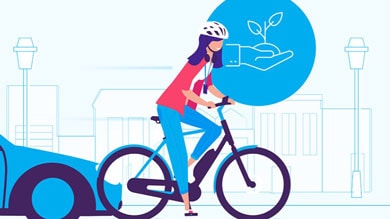
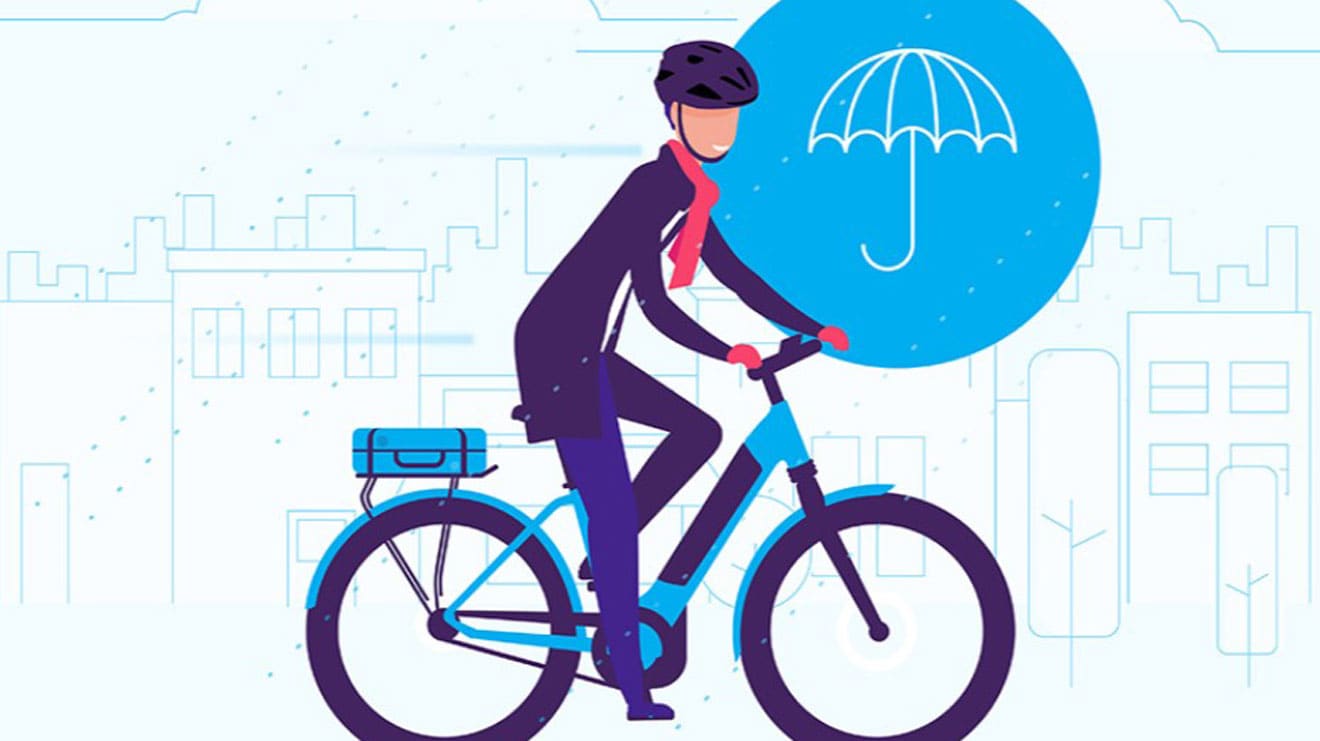
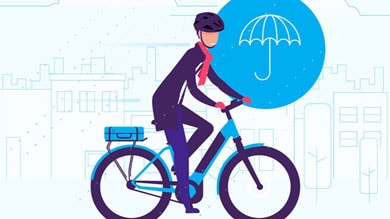
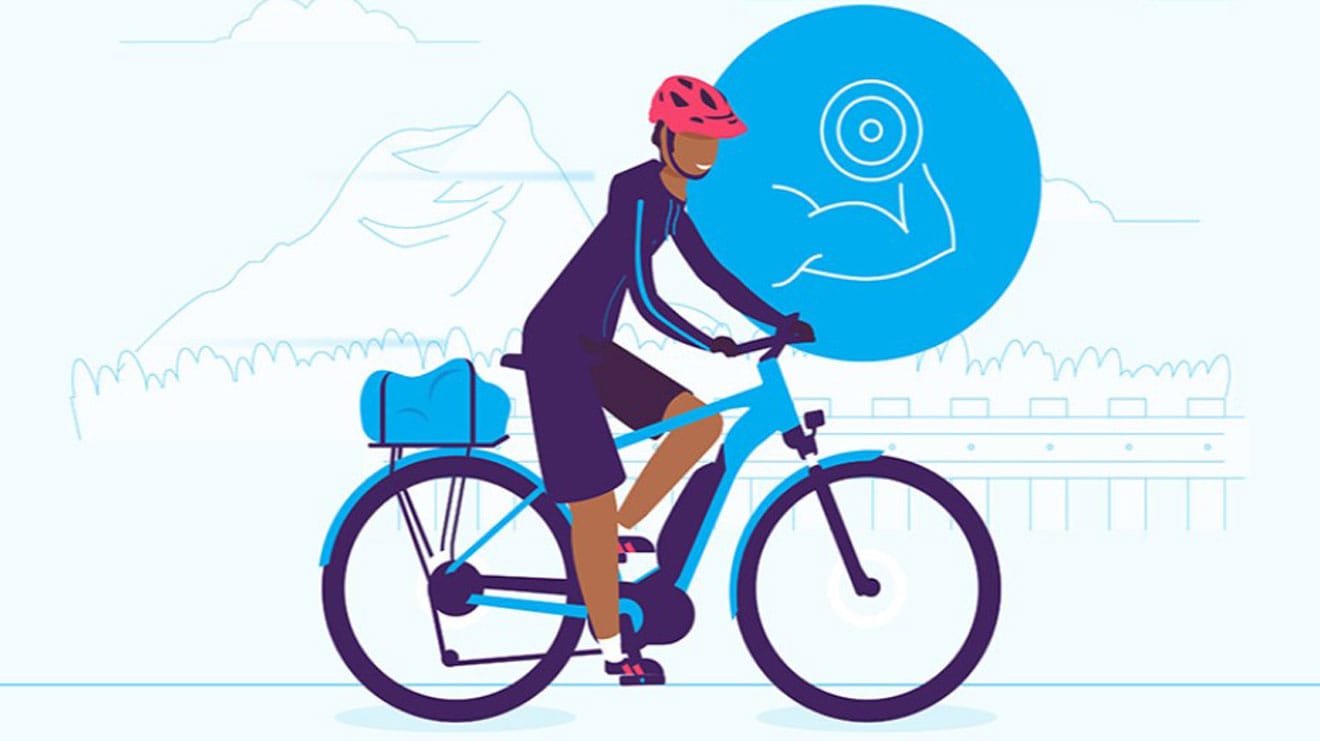
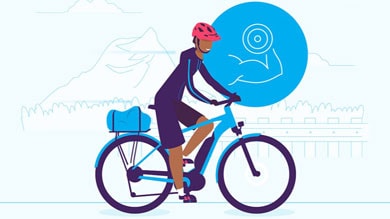





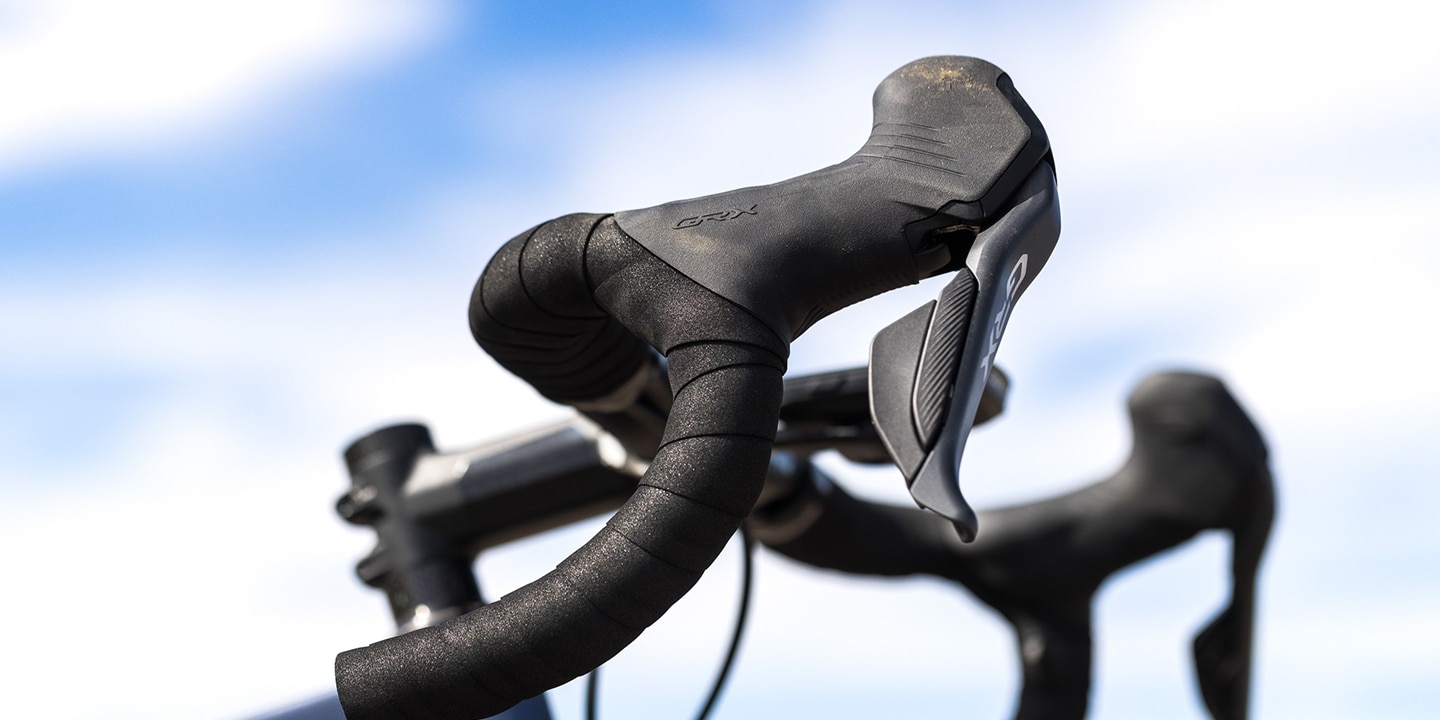

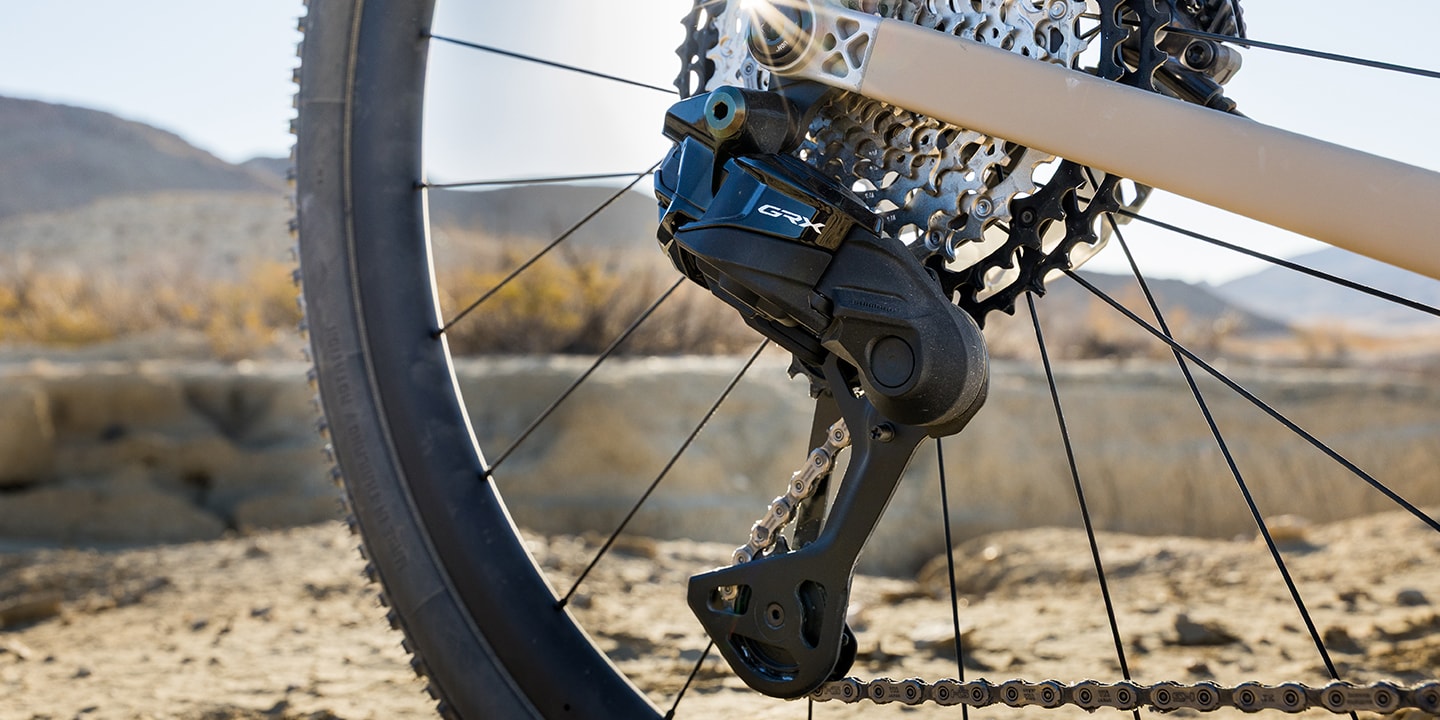





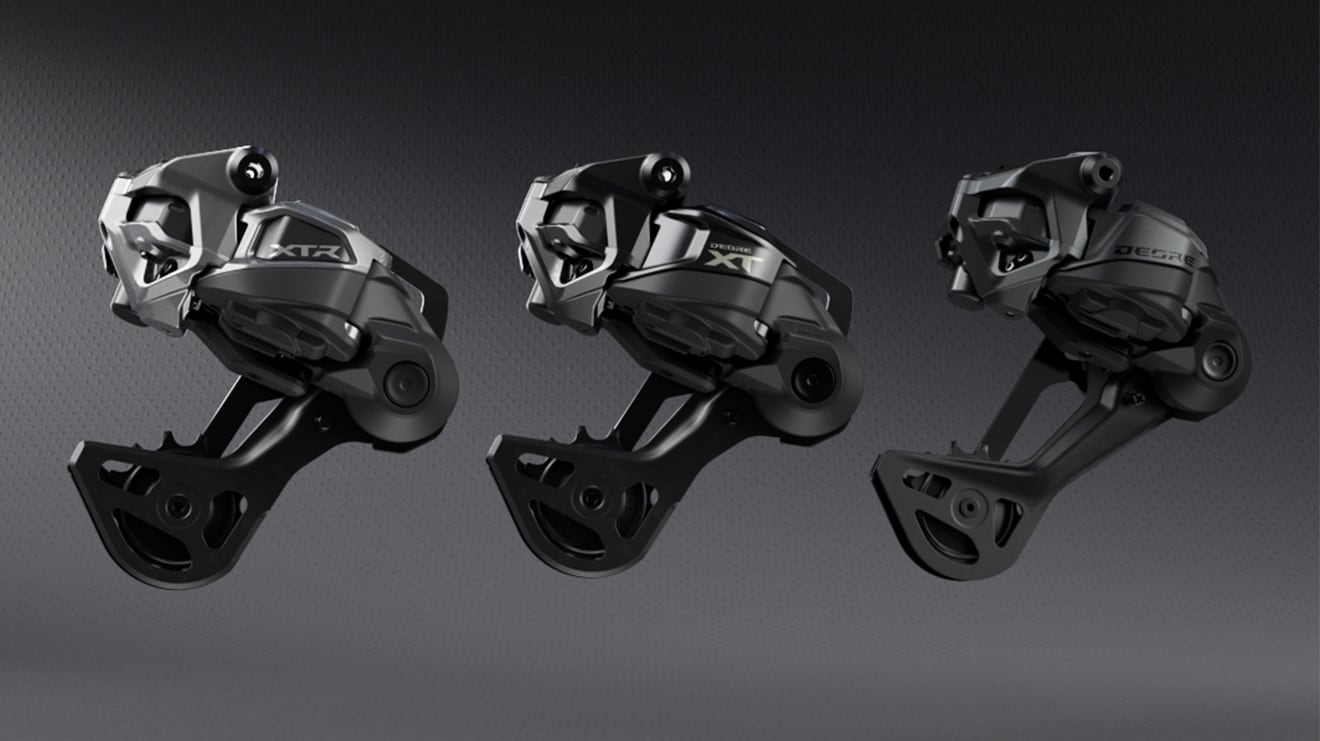
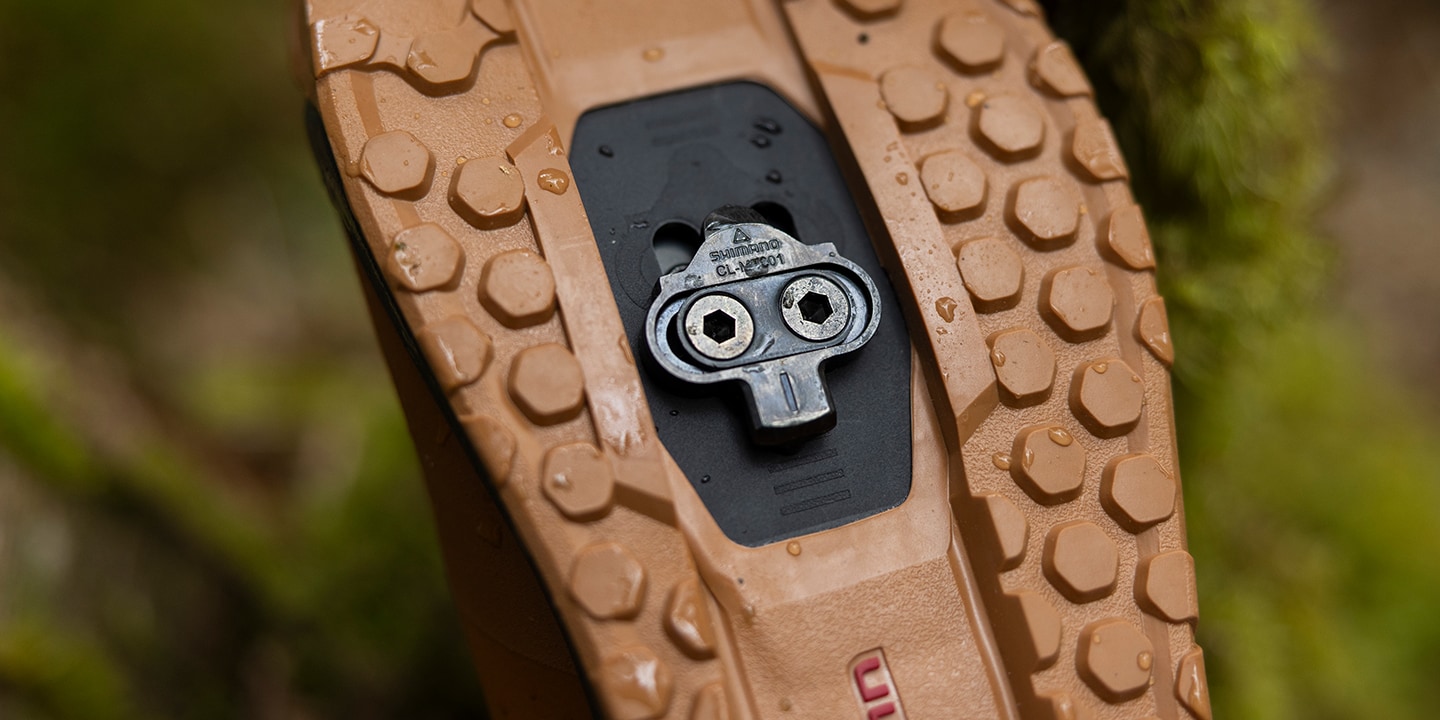








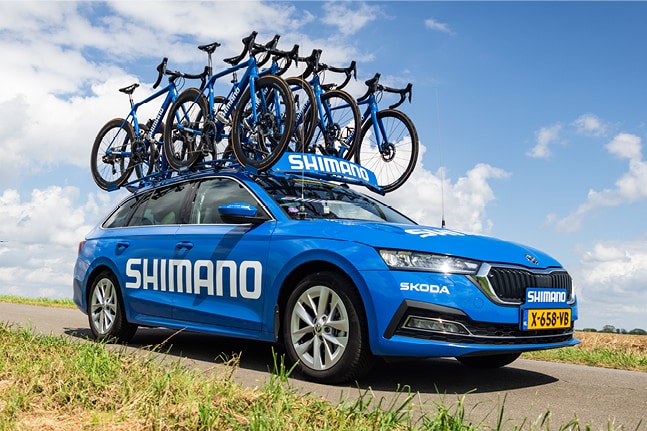

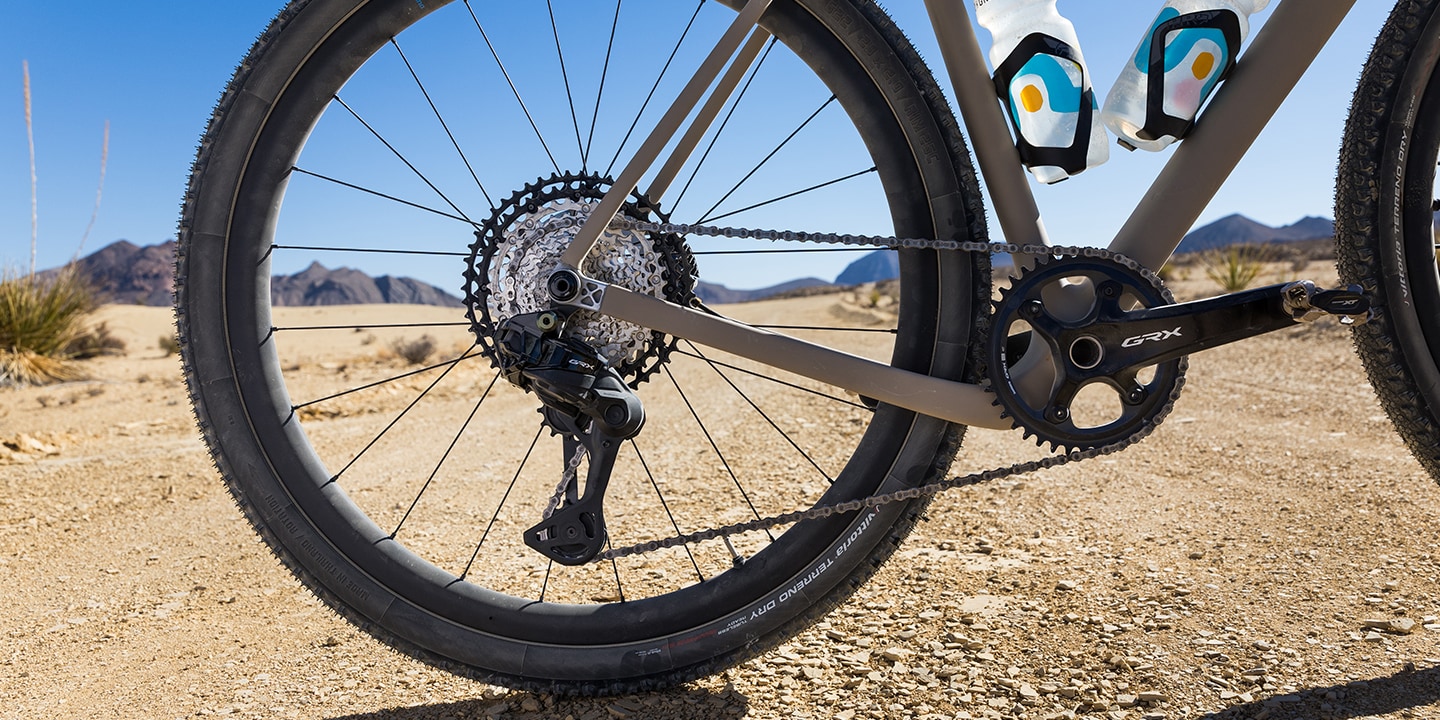
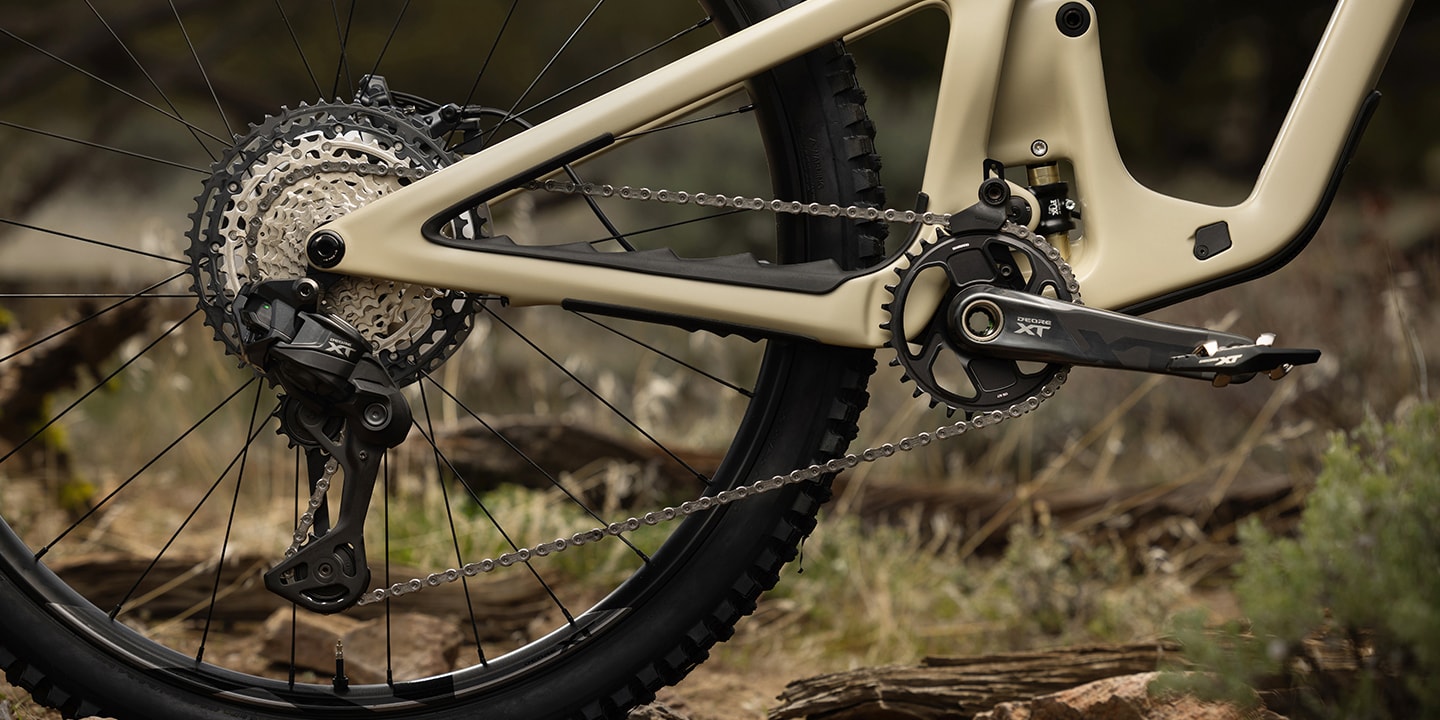
.jpg)
